|
ABEL GRIMMER - THE LOST CASTLE - PAGE 2
|
Bannerman's
Castle and the
Cremona Document |
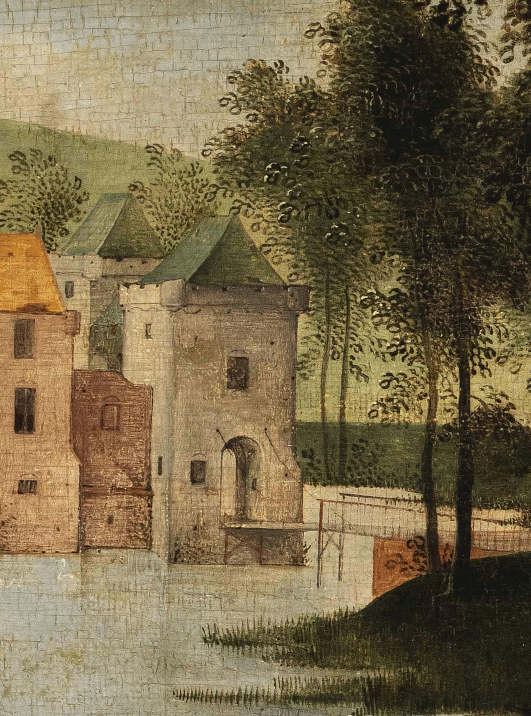
Military surplus
and arms dealer |
- Pollepel Island is a 6.5-acre uninhabited island in the Hudson River in New York,
where Bannerman's Castle, an abandoned military surplus warehouse
is located.
- The island was
discovered by the Europeans during the first navigation of the
Hudson River by early Dutch settlers in the Province of New
York, at the 'Northern Gate' of the Hudson Highlands.
-
For those who deal in arms, war is a business, a very lucrative one at that,
and historians look to the sale of arms to the Indigenous people of the Americas by Dutch traders in the 1600s as the start of the arms business in America.
|
Once an uninhabited place, accessible only by boat, it was considered haunted by indigenous tribes and thus became a refuge for those trying to escape them.
(Jane Bannerman)
|

Dutch settlers |
- The island, which is mostly scrub covered rock, was named
after a Dutch word that means 'pot ladle.'
- In the oral version originally collected by the Brothers Grimm,
Rumpelstiltskin flew out of the window on a cooking ladle.
- Did you know that ladle is also associated with the word
'handle' so it was about 'flying off the handle.'
|
Rumpelstiltskin is a German fairy tale character from the Brothers Grimm collection about a dwarf-like creature who can spin straw into gold. The story involves a miller's daughter who must guess his name to keep her firstborn child after he helps her spin straw into gold in exchange for her necklace, then her ring, and finally her child. The tale, originally collected in 1812, concludes with the queen guessing the creature's name, "Rumpelstiltskin," and him destroying himself in a rage.
(Assistant)
|

Bottom boat |
- In 1777, during the American Revolution, there was a defense of the
Hudson Highlands
by the patriots against the British fleet with the use
of the famous 'chevaux de frise' (Frisian horses) to prevent them from
traveling upriver.
- These were devices constructed of wooden cribs sunken in the river, filled with metal-tipped, pointed logs to obstruct the passage of ships by damaging their hulls.
- Despite placing 106 of the devices, in the end, the
British took to flat bottom boats and avoided the trap and
proceeded their journey up the river where
they burned Kingston
down.
|
General George Washington later signed a plan to use
the island as a military prison; however, there is no
evidence that a prison was ever built there.
(Wikipedia)
|
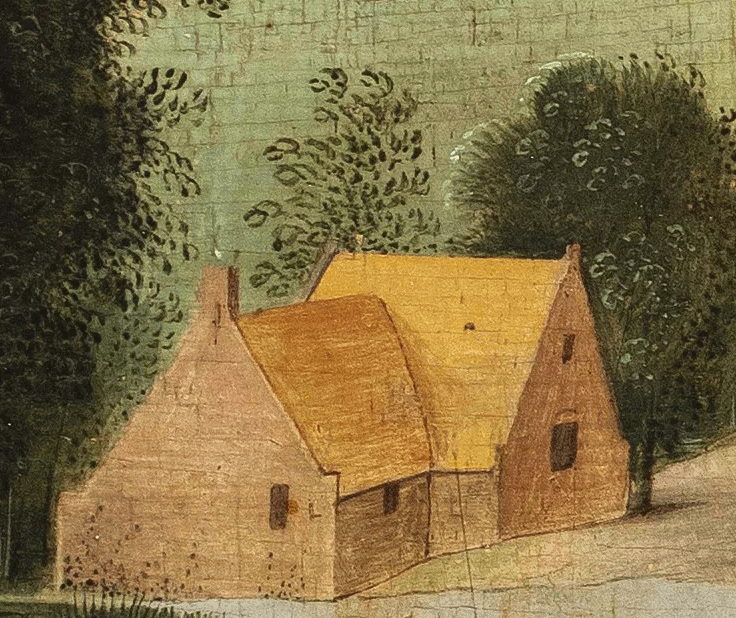
Early years in
Brooklyn |
- Francis 'Frank' Bannerman, who owned the island, was born in Dundee, Scotland in 1851 and came to the United States to live in Brooklyn
with his family when he was only 3-years-old.
- He was a noted merchant and authority on war weapons,
and was the 6th Frank in his family, standard-bearer of the Glencoe MacDonalds, who escaped the massacre of 1692 by sailing to the Irish coast.
|
In 1845, Mr. Bannerman's father removed to Dundee, Scotland, where Francis VI was born, March 24, 1851. He came with his parents to the United States in 1854 and has resided in Brooklyn since 1856. (electricscotland.com)
|
- The eldest son in each generation is always named Frank.
- His father was Frank V , he himself was Frank VI (Francis was used for business purposes only), and his eldest son was Frank VII.
- His descendants remained in Antrim
in Northern Ireland for 150 years, intermarrying with other Scottish settlers.
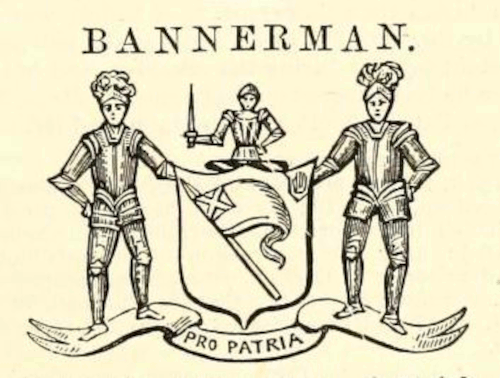
Family crest |
- The family name is a given name, allegedly by none other than King Robert Bruce to a Francis of
Clan Macdonald upon his rescuing the clan pennant during the Battle of Bannockburn in 1314.
- The king supposedly cut off a streamer from the national St. Andrew's Cross and proclaimed that first Francis a
'Bannerman' which means 'herald' and in Jewish history, they
were goldsmiths.
- Bannerman was a close Scottish relative to the Alexander family and other powerful and influential families.
- The family pointed out often in their catalogue for some
reason that the name was not German.
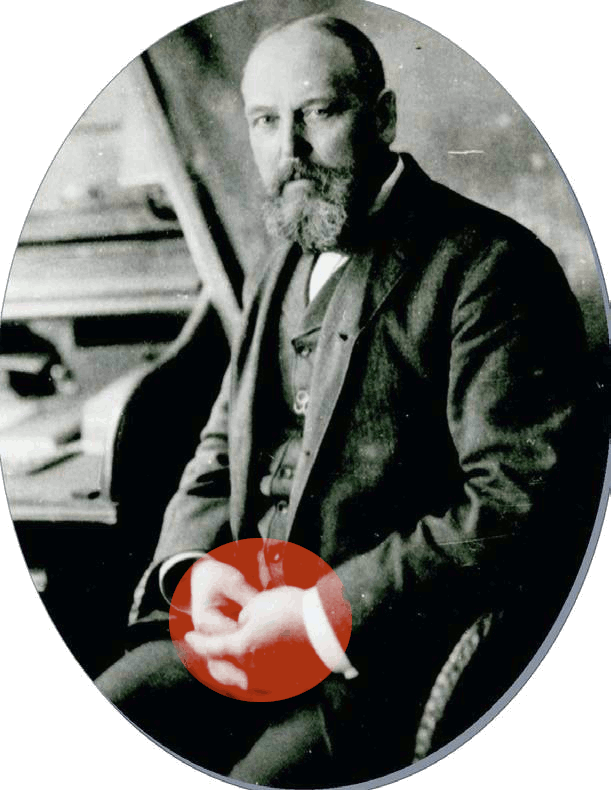
Frank Bannerman kabbalah |
- Associated with the Clan Forbes who were all linked with
the Berrie/Berry who were Sephardic.
- The Bannerman's
were Freemasons in the Scottish Rite and Kabbalists.
- You are
allowed to see all their symbols, especially with their hands
and they cannot make laws against your free will (waking up
and figuring out what they are doing in their boys 'club').
- It's
all been hanging out in the open for thousands of years, they
actually think it's 'cute' and 'tricky' but it will hang them
in the end because they left their droppings everywhere.
|
Des Barres is also a famous cartographer who had produced a very accurate pilots guide for all East Coast ports entitled “Atlantic Neptune.” Des Barres had helped to create the street plans of Lunenburg and Sydney, Nova Scotia as well.
(Bradbury Cort Lindahl)
|
|
Frank
Bannerman and Fred
Trump Sr.
|
Francis 'Frank' Bannerman
1851-1918
3/24
11/26
Munitions |
Frederick Christ Trump Sr.
1905-1999
10/11
6/25
Real estates |
 |
 |
|
Bronx and
Brooklyn |
- Fred Trump, Donald's father.
- Father of the Army and Navy Surplus Store.
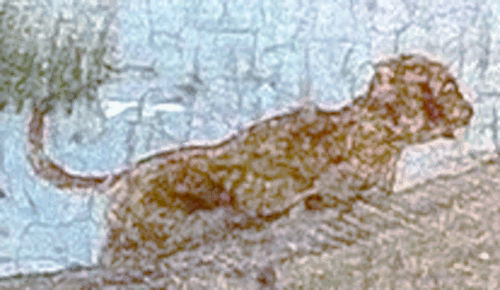
Mountain lion |
- The first wave of Jewish settlers into Scotland began in
1150 AD followed by the second wave in 1350 AD.
- They used
a lot of lions, gazelles and leopards in their symbology.
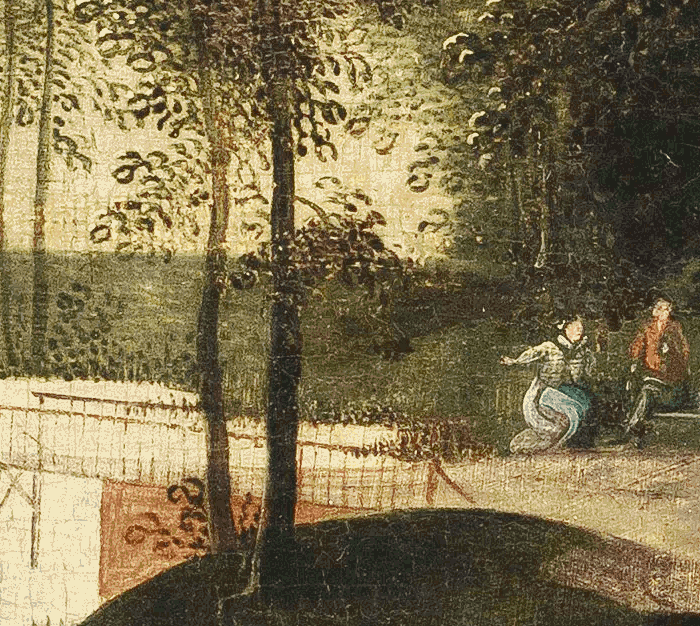
Harbor |
- His father took up the business of selling goods at Navy auctions
and Frank, while still in school, began to collect scrap from the harbor
which was full of sailing ships during that era.
- When the elder Bannerman
joined the Union Navy and left for the Civil War, Frank,
who was about 14, quit school and took on several jobs to support his family, including selling
the scrap he collected.
- He was so successful at this that it soon became a business,
and by the end of the Civil War he increased his wares by
buying surplus stock at government auctions.

Brooklyn business |
- The family soon opened a storefront close to the Brooklyn
Navy Yard in 1865, which was known everywhere as Bannerman
& Sons.
-
In 1867 the business occupied a ship chandlery on Atlantic Avenue engaged in the purchase of worn rope for papermaking.
- Bannerman's store fronts at 579 Broadway gained recognition as de facto museums of military history.

Battle of High Bridge |
- After Appomattox huge stocks of surplus arms came onto the federal auction block
and Bannerman bought up unwanted weapons for their resale value as junk.
- Before long the young entrepreneur found that the old guns, bullets, swords, and cannonballs he was selling as scrap would command far higher prices in their original form and for their original purposes.
- By the age of 20, Frank Bannerman, junk dealer, had become Francis Bannerman, secondhand munitions merchant.
|
The Battle of Appomattox ended with a
Union victory. Lee's formal surrender to Grant at Appomattox Court House on April 9, 1865, brought the war in Virginia to an end. (battlefields.org)
|

California wilderness |
- When Bannerman went to California to bid on government cartridge boxes, he avoided heavy rail-freight charges by chartering a clipper ship to take his purchases back to New York
by way of Cape Horn.
- In one deal he purchased thousands of Civil War carbines and sold them in bulk to a New York store that retailed the guns for
69 cents apiece.
- If they yielded a profit at this retail price, one can only imagine
how little Bannerman paid for them.
|
He acquired a huge store of army belt-plates and smelted them down in his front yard, separating the lead from the brass in the process; the salvaged metals were then sold, in what was deemed a profitable undertaking. (americanheritage.com)
|
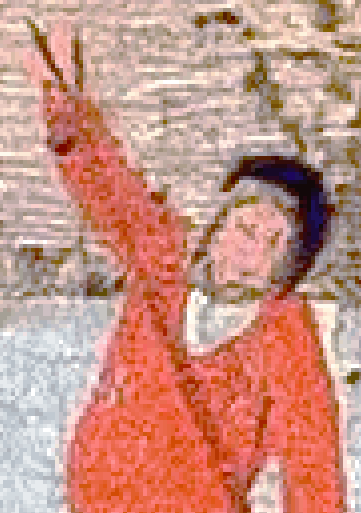
Gun parts |
- The federal government had a practice of smashing surplus arms under heavy hammers before auctioning them.
- This upset Bannerman and he fretted about the 11,000 'Rebel'
guns, part of the lot surrendered by General Robert E. Lee, that he was
not able to purchase until the government turned them into
scrap iron.
- Bannerman was very proficient at recycling
old gun parts much like an automobile salvage lot, even the
most minor parts earned a profit.
- His young sons spent a
lot of time in the cellar searching through barrels of old
guns to recover everything that was in working order, for
which they would receive a bonus.
|
The U.S. Ordnance Officer refused to accept our bid for the guns, alleging “that Bannerman would repair the guns and put them into serviceable order, and they would then enter into competition with the now obsolete guns that the Government had for sale.” So this lot of “Rebel” guns, which contained many heirlooms of patriots who had fought with Washington and Jackson, was consigned to the fire, and the old burnt locks and barrels sold to us later as scrap iron. (americanheritage.com)
|
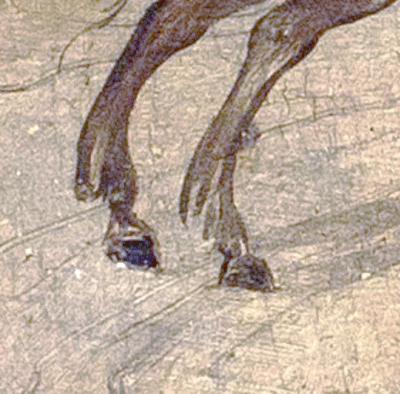
Moving on
to Manhattan |
- Bannerman would purchase inventory in large lots and split into smaller lots at a profit.
- He is sometimes credited with originating the concept of the sealed bid.
- As he acquired greater inventory, he moved several times,
finally arriving at 501 Broadway, in Manhattan in 1897 where
he outfitted volunteers for the Spanish–American War.
- His store occupied an entire city block and his storefront
was 7 stories tall.
|
Always looking for new markets, Bannerman did a brisk trade in otherwise-useless small fieldpieces that he sold to municipalities as mini-monuments for the town square or village green. If your neighbors gather around a “French 75” or “Civil War cannon” under the town flagpole every Memorial Day, it is likely they may have came from Bannerman & Sons. (hvmag.com)
|

Expansion |
- He eventually needed nearly an acre of floor space, in
3 huge warehouses, to house his merchandise.
- By that time, the Bannerman & Sons store included Bannerman’s Military Museum,
which housed a vast collection of weaponry and war relics from around the world.
- This property became the main salesroom and hosted a superb exhibition of weaponry from harque-buses to artillery, which the owner proudly displayed to the public.
- The business went from selling scrap metal and munitions, to full ships that
he purchased at Navy auctions.
|
Equipment of every description as well as ammunition
were shipped there for storage until sold. Although
Frank Bannerman was a munitions dealer, he described
himself as a man of peace. He wrote in his catalogues
that he hoped that his collection of arms would
someday be known as “The Museum of the Lost Arts.”
(Jane Bannerman)
|

Illustrated catalogue |
- The firm advertised its wares in an illustrated catalogue that military men the world over valued as a standard reference work.
-
To this day, the 300-page annual catalogues he issued are collectors’ bibles.
-
The company stocked 200 Gatling guns, with 8 million rounds of ball cartridges
which was advertised in the catalogue as 'for any government War Department desiring to equip their army with a first-class outfit.'
- Apparently this was so any government (or terrorist
group) around the world could get a great deal.
|
The catalogues are filled not only with wares but technical articles (“Some Problems of the Early Breech-Loaders,” by Major G. Tylden, British Army) and parts lists (“Vetterli Magazine-Musket, Swiss, 45 parts peculiar and essential to the system”). Thousands of items are for sale, and thousands of others ostensibly are not: “Articles shown without prices are not for sale but offered as reference only.” Which was probably code for, “Make me an offer I can’t refuse.” (hvmag.com)
|
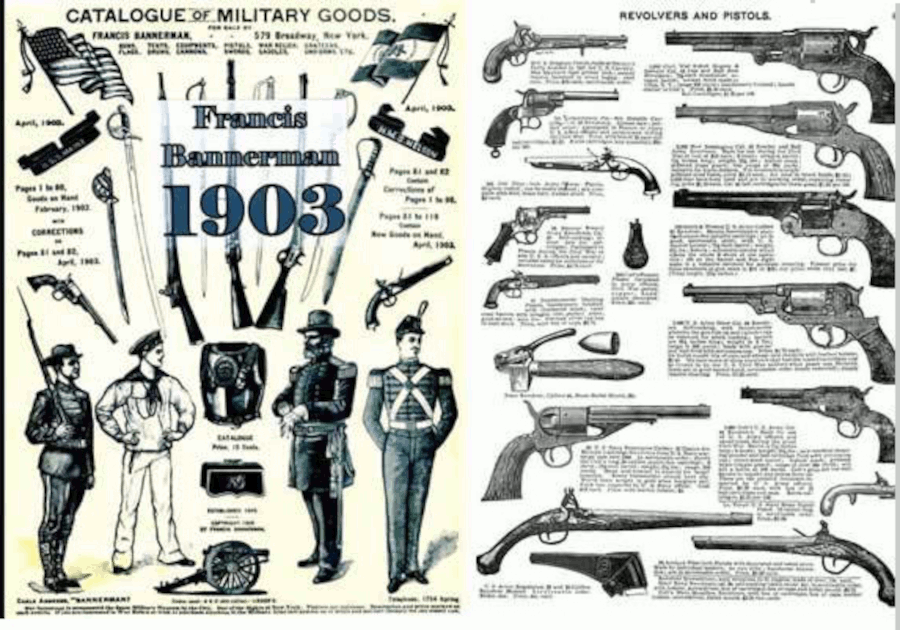
Government excess? |
- It also
makes you wonder who was funding all this 'excess' equipment,
was it our goverment or other parties?
- Doesn't seem like
their biggest interest was earning money from it, however,
Bannerman made a lot.
|
The catalogue spelled out the terms of sale in what Bannerman called The Golden Rule in Action; “First you pay your money, then you get your goods.” In short, cash on the gun barrel and no questions asked. Cannon? Bannerman offered them with twenty-four hundred rounds of shot “at bargain prices,” ready to be shipped within five minutes of the receipt of an order (“no red tape with our quick deliveries”). (americanheritage.com)
|

More expansion |
- Bannerman also had answers for customers with special
needs.
- As example, his catalogue described the
Hotchkiss 12-pounder as 'These fine guns should be
particularly desirable to South American Government War
Departments or to any government for service in mountainous
countries.'
- There wasn’t a rifle, uniform, howitzer, sidearm, mortar, canteen, blanket, tomahawk, bayonet, machete, pith helmet, or suit of armor that he wouldn’t buy for a hundredth of a penny on the dollar.
|
A machine that could cast over a hundred thousand bullets a day? Bannerman could give you a price. An ancient crossbow? A Zulu warrior’s lance? A Congo blow-gun arrow? See Bannerman—price: $75, $6.75, and $1.00 each, respectively. (americanheritage.com)
|
- When material was salvaged from the battleship USS Maine, which exploded and ultimately sank in Havana Harbor, Cuba, in 1898, Bannerman, of course, bought it.
|
Bannerman acquired these curiosities through foreign agents and on his own frequent arms-buying forays abroad. (americanheritage.com)
|

Arsenal |
- After the Spanish American War, so much equipment and
ammunition had accumulated, that the city zoning laws forced
him to look for storage outside the city limits.
- His storeroom in New York City was not large enough to
provide a safe location to store 30 million surplus munitions
cartridges and Bannerman came to the conclusion he needed an
arsenal.

Uninhabited island
in 1900 |
- By chance while canoeing on the Hudson near Beacon, New
York, son David
Bannerman, who had joined the business with his father, first
spotted the island.
- Given its location, the potential for moving goods upriver by barge and railroad, and the space to expand his growing empire, the island
was the perfect solution.
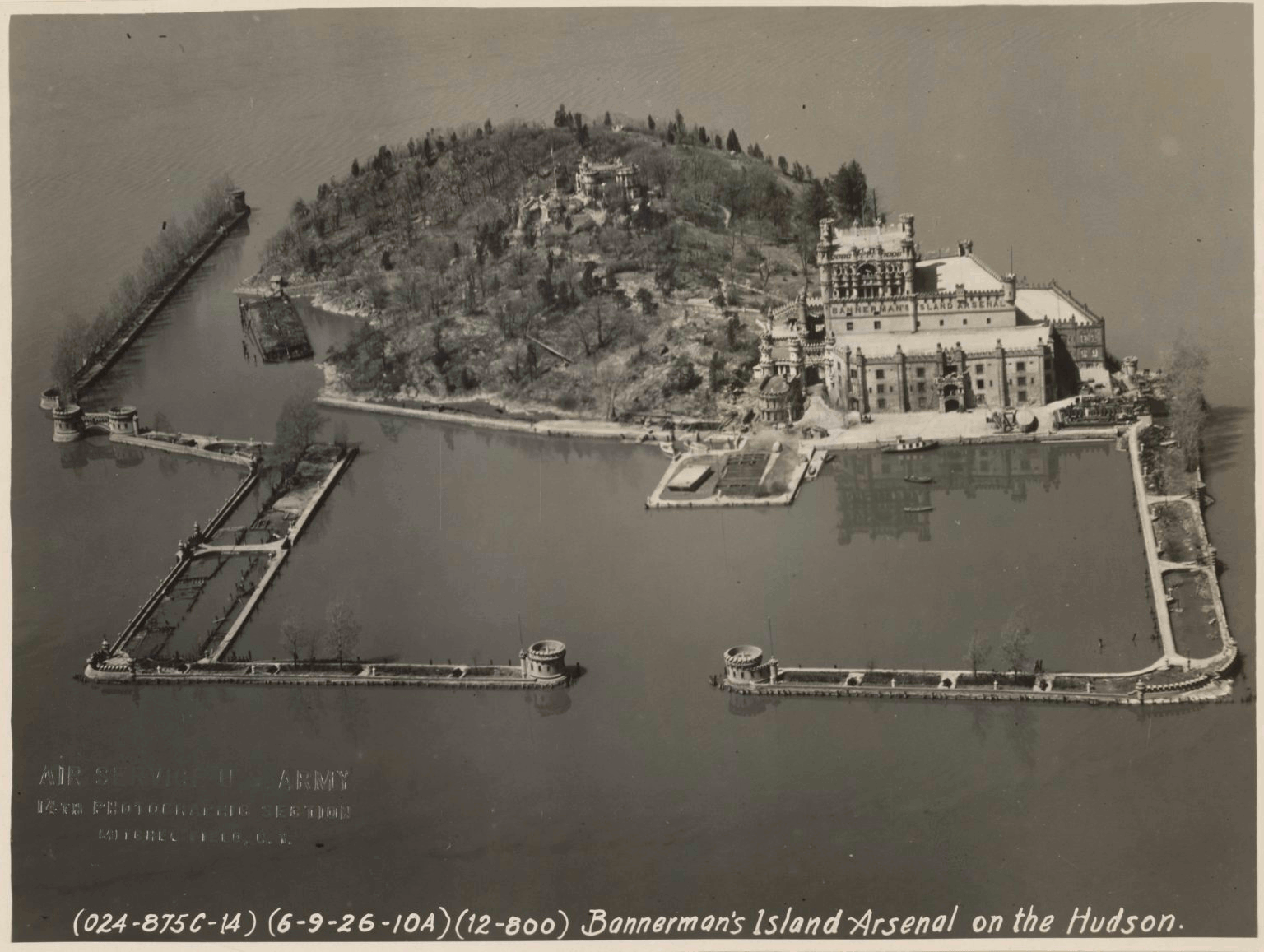
United States National Archives and Records Administration / Public Domain (cropped) via Getty Image |
- Bannerman purchased Pollepel island near Breakneck
Ridge, which is located in the middle of the Hudson River
about 55 miles north of Manhattan, in November 1900, from Mary
G. Taft of Cornwall as a safe storage site for a mere $1,500.
-
He bought 7 acres more of underwater land in front of the island from the state of New York
and ringed the submerged area with sunken canalboats, barges, and railroad floats to form a breakwater.
- Bannerman was able to negotiate with the state for underwater rights surrounding the island.
- An aerial view of the arsenal taken
in 1926 shows the original manmade bay designed for cargo ships.

Natural wonders of
the Hudson Highlands |
- The island only had 5 owners in the
period that began in the 1700s and Bannerman was the most
notable.
- He began construction on a simulated Scottish
castle and simple residence in 1901.
- Among the natural wonders of the Hudson Highlands
it was a man-made curiosity that speaks of wealth and power from an earlier time.
|
Far from building a monument for the ages, Bannerman’s castle was more a piece of folk art that was crudely frosted with cement, built not by stonemasons and carvers but by local farmers and workmen. (hvmag.com)
|
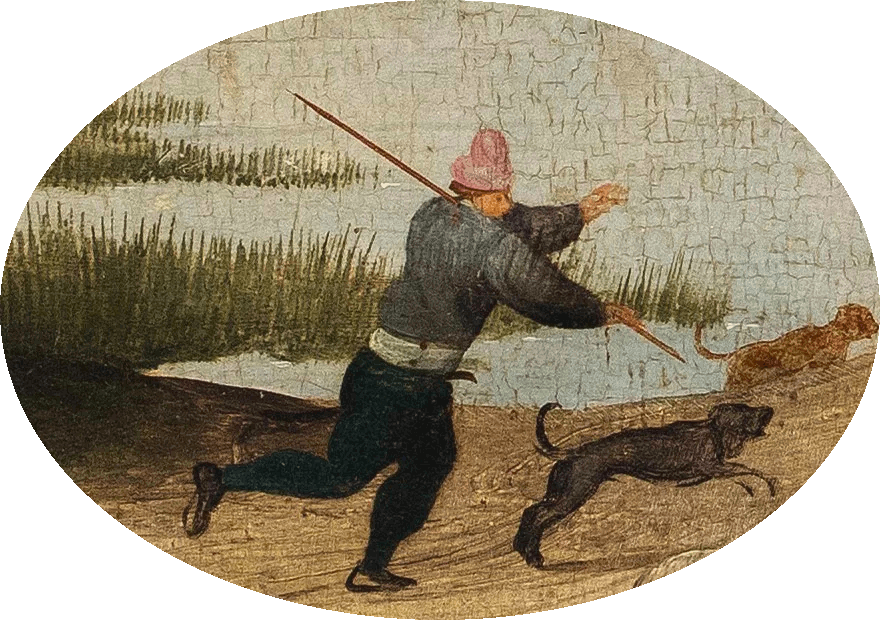
Boy scouting |
- Bannerman chose well in selecting Polopel’s Island for his designs.
- Just past the rugged Hudson heights of Breakneck, Crownest, and Storm King Mountain the river opens into a lovely inland sea containing the island.
- It was
located 4 miles north of the military academy at West Point.
- His love of his homeland inspired the design of his new warehouse;
a Scottish castle decorated with Scottish thistle patterns, ornate gables, and elaborate balustrades.
|
He was a devoted church goer, a member of the St. Andrews Society, founder of the Caledonian Hospital, and active in a boy’s club – often taking them on trips to the island in the summer months.
(Jane Bannerman)
|

Visitors |
- Visitors approached the place along the manmade breakwater and then passed through an opening flanked by two watchtowers.
- After tying up their boat at a large unloading dock they crossed a moat spanned by a drawbridge and passed under a portcullis crowned by the Bannerman coat of arms carved in stone.
- The coat of arms was designed by Bannerman and included a grapnel symbolizing
his efforts in New York Harbor as a youth digging up old anchors and pieces of chain.

Smaller scale |
- Most of the building was devoted to the stores of army surplus but Bannerman built another castle in a smaller scale on top of the island near the main structure as a residence, often using items from his surplus collection for decorative touches.
-
He was very frugal, using surplus materials such as cannonballs, bayonets, and cast-off iron beds as building materials for
the living quarters.
- By this time, Bannerman was traveling abroad, sourcing items
from far-flung parts of the world.
|
The castle was Bannerman’s vision and his execution. It was creviced and encrusted with battlements, towers, turrets, crenellations, parapets, embrasures, casements, and corbelling. Huge iron baskets suspended from the castle corners held gas-fed lamps that burned in the night like ancient torches. By day Bannerman’s castle gave the river a fairyland aspect. By night it threw a brooding silhouette against the Hudson skyline.
(americanheritage.com)
|
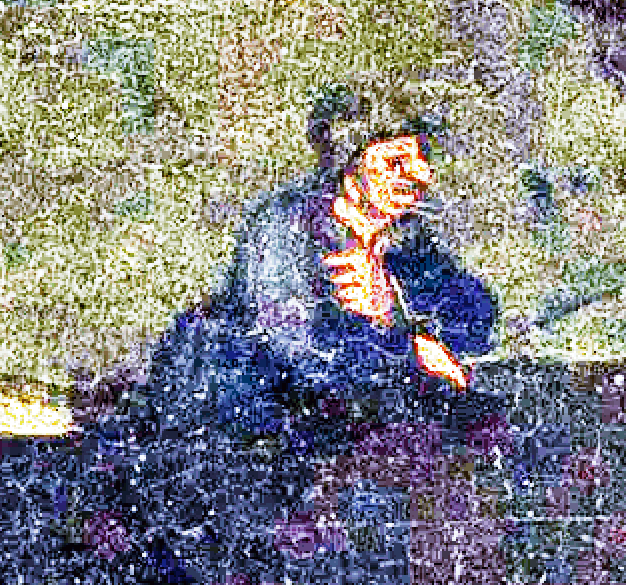
Local builder |
- The designs for the elaborately decorated buildings were drafted by Bannerman himself, but the constructors were allowed to interpret these designs on their own.
- Nearly all of the construction was completed without professional help from architects, engineers, or contractors.
-
The family constructed a beautiful home on the island
where Mrs. Bannerman kept flourishing gardens and terraces
which they used as a
summer residence, although they only really departed for
Manhattan during the most bitter of winter months.
|
Pollepel Island originally got its name from a local legend about a young girl named Polly Pell, who was rescued from the treacherous river ice in the winter and landed on the island’s shore. She fell in love with her rescuer and the pair were married on the island which now bears her name.
(abandonedspaces.com)
|

Leonard G., Public domain, via Wikimedia Commons
Bannerman Castle |
- Clearly visible from the shore of the river, the castle served as a giant advertisement for his business
and Bannerman took advantage of the location by painting Bannerman’s Island Arsenal
on the side of the castle facing the western bank of the
Hudson.
- The castle became a huge billboard after Bannerman whitewashed the castle walls that faced Hudson River excursion boats on one side, and the New York Central Railroad tracks on another,
and painted the sign in 4' letters.
- The
storage facility was constructed as a series of interconnected warehouses patterned after Scottish baronial castles. however
it was never completed.
|
For over a century, travelers on Metro-North’s Hudson line have been baffled and amused by the sight of a castle on a tiny island that flashes past their windows just south of Beacon.
(Stephan Wilkinson)
|
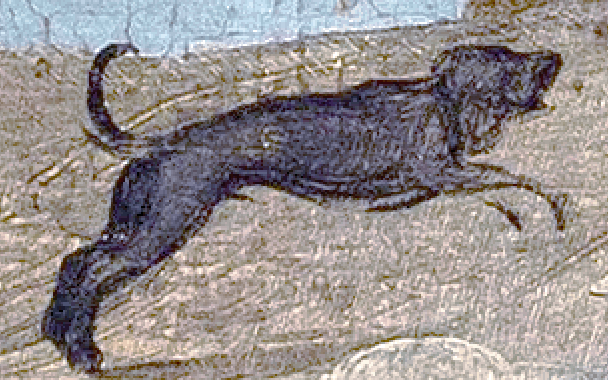
Castle guard dog |
- All the rooms in the smaller castle contained proverbs from the Bible, molded on the walls in concrete.
- There were many visitors to the island, however,
Bannerman banned liquor so they weren't able to quench their
thirst while there.
- Armed guards with watchdogs roved the island around the clock and discouraged the uninvited.

Family fireworks |
- The family lived on a virtual powder keg crammed with
hundreds of cannon, tens of thousands of rifles, hundreds of
thousands of rounds of live ammunition, and tons of gunpowder.
- It was always a volatile place to be, for instance,
Bannerman accidently blew up a neighbor's barn while testing a
cannon.
- Additionally, one Sunday summer afternoon the powder house blew up, hurling shells and debris over the island but, miraculously, injuring no one
(the cause of the blast was never determined).
|
Bannerman grandchildren, their friends, and the employees’ children romped amid history—a gun from Admiral Farragut’s flagship, a cannon from the battle of Yorktown, memorabilia from the sunken U.S.S. Maine. Once a workman melting down scrap mistakenly put live ammunition into the pot, “with fatal results,” as a Bannerman publication described the outcome.
(americanheritage.com)
|
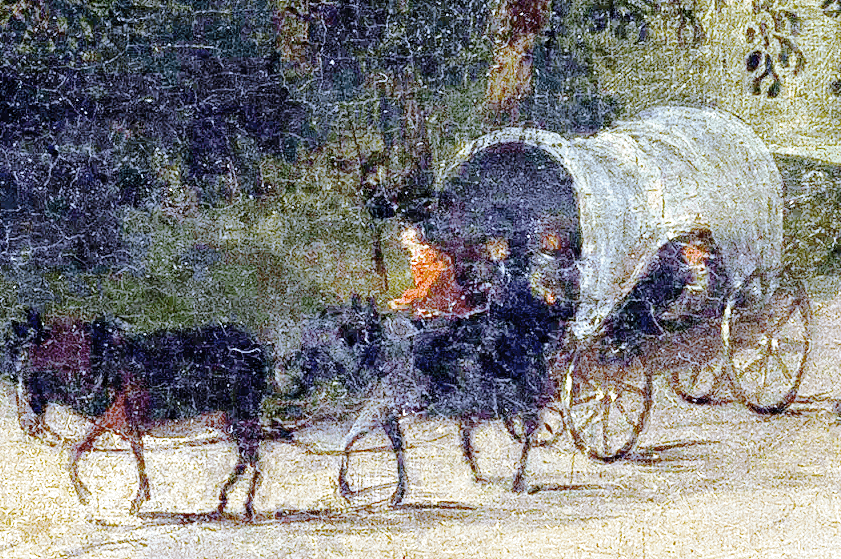
War wagon |
- By the early 1900s, Frank Bannerman was the biggest arms merchant in the United States,
and possibly the world.
- He purchased everything he could
that was left over from the Civil War.
- When Sitting Bull was forced to surrender his tribe’s weapons, Bannerman bought the 50 rifles and carbines used at the Battle of the Little Bighorn in 1876, some still loaded.
|
There wasn’t a rifle, uniform, howitzer, sidearm, mortar, canteen, blanket, tomahawk, bayonet, machete, pith helmet, or suit of armor that he wouldn’t buy for a hundredth of a penny on the dollar.
(Stephan
Wilkinson)
|

Spanish |
- The business bought weapons directly from the Spanish
government before it evacuated Cuba.
- They purchased over
90 percent of the Spanish guns, ammunition, and equipment
captured by the United States military and then auctioned off by
our government.
|
Bannerman & Sons also manufactured cheap, reconditioned sporting and military rifles by combining the best parts of broken-down guns that the company had in its arsenal—like rechambered Krag barrels, say, restocked with
Springfield woodwork plus some Mauser parts and Lyman sights. Today, some collectors avidly seek these “Bannermans,” though few would dare fire one. (hvmag.com)
|

Russo-Japanese War |
- Bannerman’s ability to deliver the goods was best demonstrated during the 1905 Russo-Japanese War.
- He submitted samples to the Japanese war department for
100,000 rifles, 10,000 army saddles, 100,000 knapsacks,
150,000 gunslings, 100,000 khaki uniforms, 150,000 white
summer uniforms, and 20 million cartridges.
- But Bannerman would not sell to just
anyone. The firm had an iron rule: 'No firearms are ever sold
in our store to any minor.'
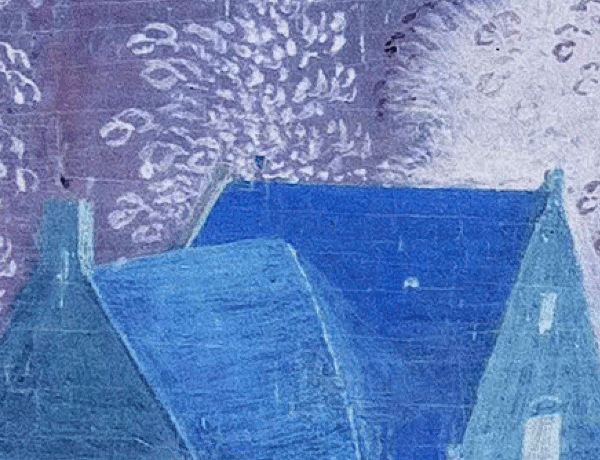
Cold day |
- Although the identity of its major munitions customers was a tightly held secret, the firm hotly denied that it ever armed revolutionaries for profit.
- Yet when Panamanian rebels broke away from Colombia in 1903, presumably conspiring with a United States government bent on building a canal through Panama, the insurgents were armed with Mausers suspiciously like those captured from the Spanish in Cuba.
|
Bannerman’s collection of weapons and ammunition was unparalleled and collectors lauded his book The Bannerman Catalog as the best book ever written on weapons of war.
(poly.rpi.edu)
|
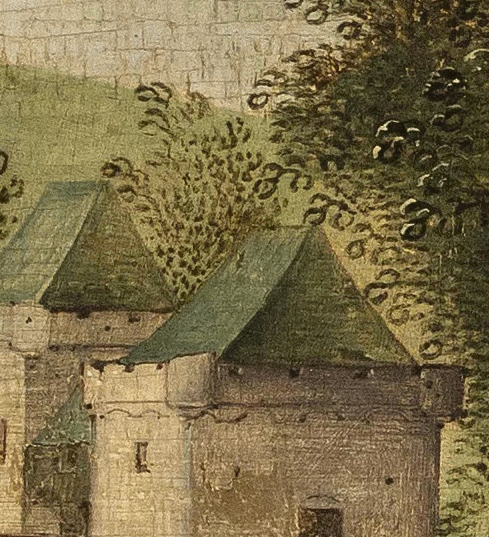
British regiments |
- At the outbreak of World War I Bannerman outfitted British regiments at his own expense long before the United States entered the war.
-
He was stirred by his strong attachment to the land of his birth
and donated 1,000 used rifles and other equipment to outfit the Scottish Company of the City of London National Guard, a gift valued at about
$70,000.
- The following year he wrote the Lord Mayor of London,
bestowubg King George with another gift of a 1,000 Springfield
rifles.
- The king accepted because he thought Bannerman
was a British subject.
|
Bannerman Springfield: After the outbreak of World
War I in 1914, Scottish-born military surplus magnate
Francis Bannerman VI assembled 1,000 M1903 rifles from
surplus parts which were rebored to accept .303
British ammunition. He presented these to the British
Army together with bayonets, pouches and webbing as a
patriotic gesture. However, the conversion was not a
success and it was found that rimmed .303 cartridges
would not feed properly from the magazine. The rifles were stamped "DP," i.e., fit for "drill purposes" only, and presented to the City of London's Volunteer Training Corps, who were otherwise without any weapons.
(Wikipedia)
|

Blankets and
expensive guns |
- During World War I,
Bannerman also contributed cannons, uniforms, and blankets to the U.S. government.
- Entire U.S. Army regiments purchased arms from Bannerman
during that period.
- However, by this time, the citizens were starting to
notice all Bannerman's deals with the government and were
wondering what was going on.
|
He converted a peaceful passenger ship into a well-armed man-of-war for a South American government in one week, “a record for speed that could scarcely be duplicated,” he boasted. (americanheritage.com)
|

Not very holy |
-
Several congressmen demanded an investigation in 1917 when the War Department proposed to pay Bannerman
$15,000 apiece for guns that he had bought from the U.S.
Navy a few years before for $78 each.
- He tried to sell the U. S. Navy 30
six-inch naval rifles for $450,000, but eventually lowered the
price to $150,000.
|
Bannerman denied that he had asked fifteen thousand dollars for each gun—that was merely the catalogue list price. Actually he was willing to sell the guns for five thousand dollars apiece. He eventually threw in two guns for free, along with twenty thousand dollars to mount them, as a gift to the nation. (americanheritage.com)
|

Civil War cannons |
-
Some notable merchandise sold by Bannerman included cannons from the Battle of Yorktown
and unopened crates of Civil War uniforms.
- It is estimated that 50% of the commemorative cannons placed in public areas throughout the United States were purchased through Bannerman's.
|
Bannerman also conducted a lively trade in less lethal wares. He sold surplus military uniforms to bands, fire departments, and patriotic organizations. Seventy-five years after the Civil War the firm was still offering Union army uniforms “in the original cases, free from moths and in perfect condition.” (americanheritage.com)
|
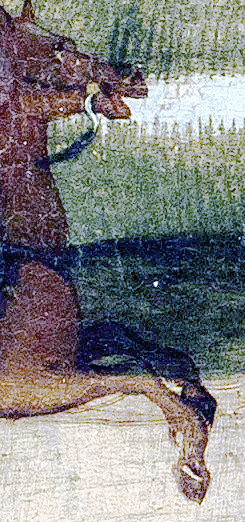
Wild west |
- His customers ranged from the early American film industry to
the wild west's Buffalo Bill.
- He also had relics from Admiral Perry’s expedition to the Arctic Circle.
|
Buffalo Bill used Bannerman supplies in his act. The cast of My Maryland , a 1927 musical with a Civil War theme, was outfitted in original blue and gray uniforms from Bannerman’s. (americanheritage.com)
|

Chain |
-
The firm also did a brisk business in martial antiques, supplying the veterans’ post wanting a front-lawn cannon.
- He was also able to accommodate the occasional museum seeking a suit of armor
or the collector looking for a 17th-century blunderbuss or crossed sabers.
|
The company even had links from the famous iron chain that had been strung across the Hudson River during the American Revolution as a device to snag British ships. The links were cut into cross sections a quarter of an inch thick, polished bright, stamped “Section of chain used by General George Washington, West Point, New York, 1778.” The last of these links to the Revolution were sold in the 1940’s for $2.75 apiece. (americanheritage.com)
|
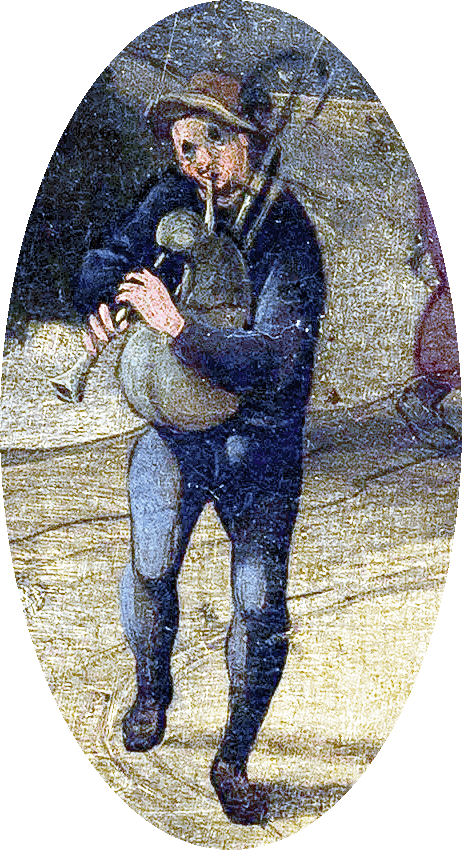
Castle pied piper |
- Bannerman saw himself as a sincere Christian, however, critics branded him a secondhand merchant of death.
- Whatever else, he was a paragon of 19th-century
capitalism, especially in the hands of Freemasons who control
everything, and rarely works out very well for the rest
of us.
- What sort of man was this merchant of secondhand guns and surplus bombs?
|
When a minister friend accused him of being in a horrid business, Bannerman had a ready retort. He asked the cleric how many swords were reported in the company of the Twelve Apostles. When the minister, citing Luke 22:38, answered “Two,” Bannerman commented: “Two swords in a company of twelve makes a rather good percentage in favor of weapons.” (americanheritage.com)
|

Town sheep |
- He himself might have answered 'a man of God'
and a lifelong object of his generosity and interest was the Scotch Presbyterian Church of Saint Andrews in Brooklyn.
- His favored recreation was weekly Bible study with poor lads from his boyhood Brooklyn neighborhood.
|
Bannerman was a devoted church goer, a member of the St. Andrews Society, founder of the Caledonian Hospital.
(Jane Bannerman)
|
|
The Great Gun Merchant |
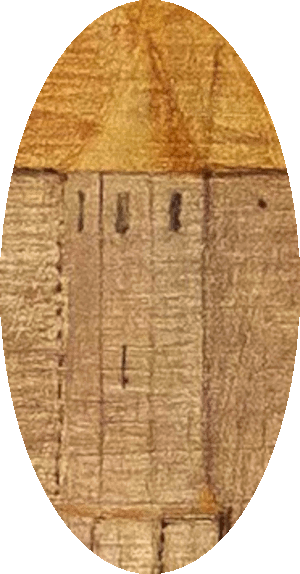
Tower moment |
- The company, however, soon became very susceptible to criticism and didn't take it well.
- How America Built The World's Biggest Weapons Business.
- The arming of Europe and the making of the First World War.
- When a story about the firm, headlined Fitting Out
Revolutions, appeared in the old New York Herald, the company angrily objected.
- However, it was the company's response that was simply
astounding, stating that they didn't track where the goods
went so they basically weren't responsible.
|
“We have plenty of honorable business without stirring up or aiding strife,” a spokesman said. “If revolutionists purchase our goods, they do so secretly through others.” No doubt true. But the Bannermans asked no questions. They took the money and delivered the goods to a pier or freight yard. Where the material went after that was not their concern. They could honestly say they did not know.
(americanheritage.com)
|

Overworked |
-
The island was under continuous construction for 18 years.
- Work on the castle, which was never-ending, came to a halt
when Frank Bannerman, 68, died on November 26, 1918, less than
a week after the armistice ending the Great World War.
-
He died 17 years after construction began on the castle.
- Cause
of death was overwork, according to the New York Times
obituary, while collecting and shipping clothes for the
Belgian relief effort.
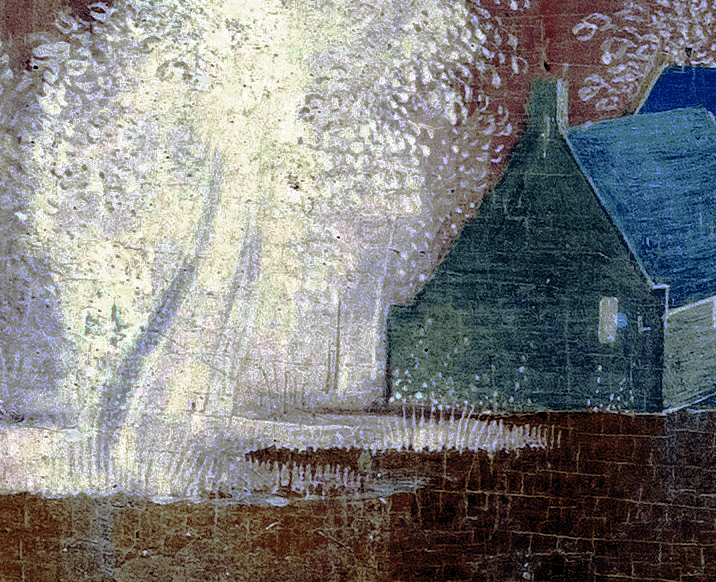
Explosion |
- Shortly after, in August 1920, 200 pounds of
shells and powder exploded in an ancillary structure,
destroying a portion of the castle complex when a black-powder explosion in a magazine blew out every window on the island.
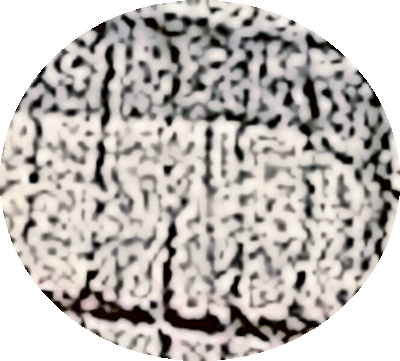
New York Central
tracks |
- The explosion was so severe it tumbled towers
and threw a 25' piece of a building over a 1,000' span of the
Hudson River onto the New York Central tracks, blocking the line for a day.
- Bannerman's widow was relaxing on a hammock and narrowly
escaped being buried under 'masonry.'
|
You can still see part of the ruined structure to this day in the form of a green algae-wracked overpass sitting upon eroded walls of stone a good couple hundred feet from where the castle stands.
(poly.rpi.edu)
|
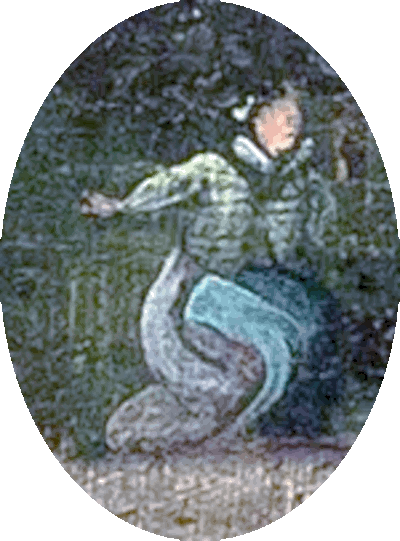
Widow |
- The company's sales
of military weapons to civilians declined during the early
20th-century as a result of state and federal legislation,
resulting in a reduction of funds, which caused the island to fall into disrepair.
- Despite everything, the family continued to use the residence through the 1930s.
|
After his death the business shifted gradually from large-scale arms sales to collectors’ sales. Two sons carried on the firm until their deaths, Frank VII’s in 1945 and David’s in 1957, leaving the firm in the hands of a grandson, Charles Bannerman. The family lived at the castle less frequently after the founder’s death and finally not at all.
(americanheritage.com)
|

Storm damage |
- In 1950, a cargo ship was caught in a huge storm on the Hudson River and crashed onto the island, exploding upon impact.
- After the sinking of the ferryboat Pollepel during a squall, which had served
the island for many years, the arsenal and island were essentially left vacant.
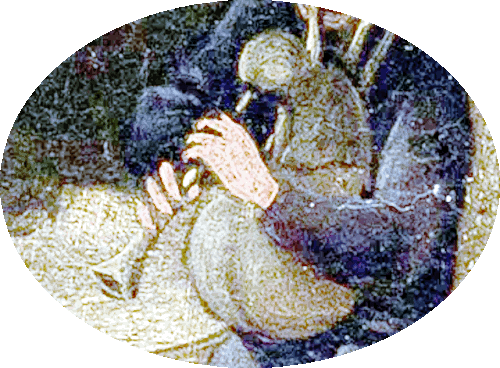
Bagpipe |
-
In 1959 the Bannerman salesroom was moved from its Broadway location to a building on Blue Point, Long Island.
- Finally the family sold out the business to a former Bannerman employee, who still runs it from the Blue Point location, dealing mainly with weapons collectors.
|
The old store was closed to the wailing strains of a kilted bagpiper, while city police and firemen sealed off the block and the nearest subway station on the off chance that some of the shells being removed from Bannerman’s Military Museum might still be live.
(americanheritage.com)
|
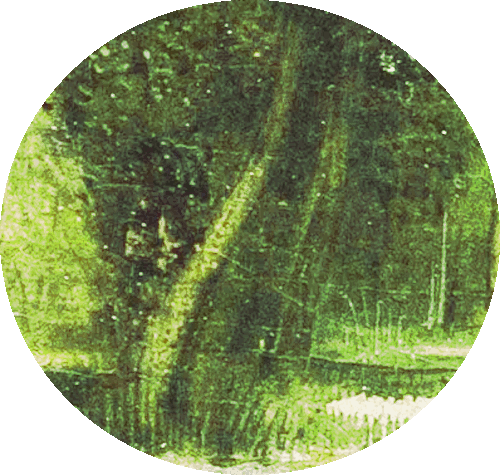
Overgrown |
- By the 1960’s Bannerman’s castle had sunk to a state of monumental decay
and in 1967, Charles Bannerman sold the island castle to New York’s Taconic State Park Commission and disposed of all remaining arms and munitions.
- Vandals, trespassers, and negligence have all contributed to the island's current state of decay.
|
The island and buildings were bought by New York
State in 1967, which took possession after the old
military merchandise had been removed, and the relics
given to the Smithsonian. For a short time, tours of
the island were given in 1968. However, on August 8,
1969, fire devastated the Arsenal, and the roofs and
floors were destroyed. Following the fire, the island was placed off-limits to the public.
(Wikipedia)
|

Fire that raged for
3 days and nights |
- Over time, the castle was destroyed by natural elements, and in 1969, a
suspicious fire that raged for
3 days and nights pretty much finished the job.
-
Unfortunately, the fire destroyed what remained of the building’s ceilings and floors
and now only the walls remain.
- Ongoing neglect over time has also caused large portions of the castle’s walls to collapse
and slide into the river.
|
Not long after the sale Frank Bannerman’s dream
turned to ashes. A fire, probably set by vandals,
consumed the castle and the family home. The flames
danced high in the night sky, and the river hellishly
mirrored and magnified the fire on its sleek black
surface.
(americanheritage.com)
|

Burned out |
- However, this isn’t the end of the story because in 1994,
The Bannerman Castle Trust was created by a man named Neil Caplan in order to preserve the landmark.
- Caplan started giving boat tours around the island twice a month in order to keep interest alive in the historical site
which have expanded to 'Hard Hat' tours of the island itself.
|
Before the fire burned out, the flames had eaten through all but the stoutest castle walls. What remains today is a charred, crumbling shell with the legend “Bannerman’s Island Arsenal” barely legible on the remaining façade.
(americanheritage.com)
|
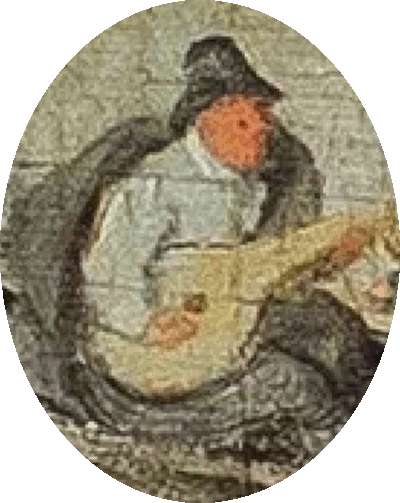
Final tune |
- Francis Bannerman VI was a military surplus dealer who profited from several wars, most notably the American Civil War and the Spanish-American War.
- He also profited greatly from WWI and the
Russo-Japanese War and he also sold goods leftover from the
American Revolutionary War.
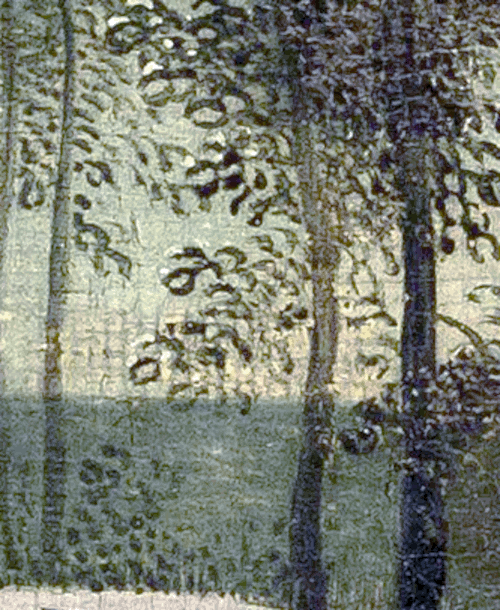
Banana Republic |
- His business model was based on buying huge quantities of
excess military equipment at auction from the U.S. government and reselling it for a profit to various
entities.
- He sold to a wide range of customers including
civilian and commercial buyers, the U.S. military and
militaries of other nations.
- If he didn’t melt the metal down as scrap, he resold
his goods to just about anyone, from civilians who walked in off the street to Far East armies and banana republics.
|
Knights
Templar |
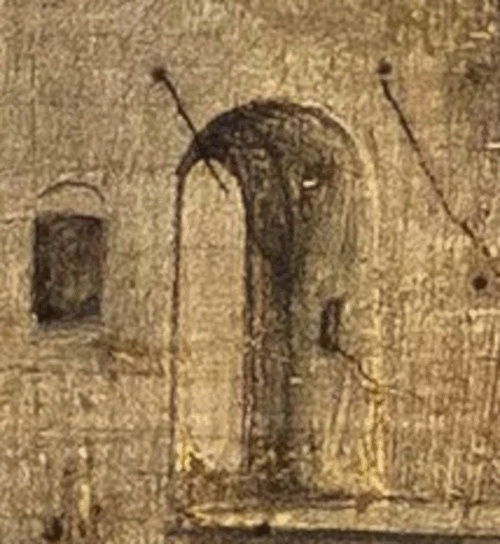
Castle door |
- Bannerman’s Island in the Hudson River not only
included strange architecture that resembled a fortress he saw in Antwerp, Belgium, but there are many fanciful
stories about the island and connections to the Knights
Templar.
- A story that began in the ancient city of Jerusalem
and moved to the mountains of New York and the Hudson Valley.
- The
Scrolls of Onteora, known as the Cremona Document,
which was authored by Donald A. Ruh, tells the story of the Knights Templar who found artifacts and documents, revealing how the
ancient scrolls were transported to the Americas centuries before
it was settled by Europeans.
|
The design was inspired by a battlement he saw in Bavaria, an embrasure he liked from Scotland, a decorative pediment he eyed in Italy—a hodge-podge of castle cues that Walt Disney would have loved.
(hvmag.com)
|
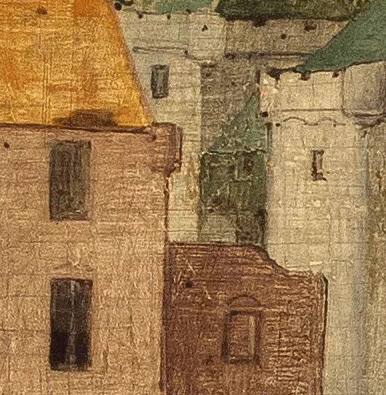
Architectural
elements |
- Part of the Cremona Document story states that some people who later obtained the
text had removed architectural elements from Bannerman's Castle on Pollipel Island in the Hudson River.
- Their story includes the fact that they had recovered clues from within these architectural elements of the ruined structure of
the castle.
- This items were apparently removed while the property was still in private hands,
however, today the Island today is a New York State Park.
|
While the book is a modern publication, the title suggests it is based on historical interpretations or theories about Templar activities in the Americas.
(Assistant)
|
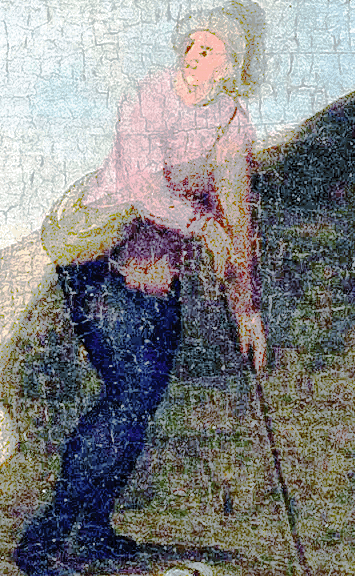
Removing artifacts |
- Bannerman was a relic collector and had once owned two of George Washington's pistols and a cannon from the Battle of Yorktown.
- He had come from a prominent Jacobite family in Scotland that are also associated with the famous Glen Coe Massacre of Jacobite sympathizers on February 13, 1692.
- Bannerman was likely related to some of those who lost their lives at Glen Coe that day.
|
The Massacre of Glencoe involved the murder of about 38 members of the Clan MacDonald of Glencoe by government forces, led by Captain Robert Campbell of Glenlyon. The MacDonalds were attacked nearly two weeks after they had been billeted by Clan Campbell soldiers, making the act a shocking betrayal that became a symbol of political treachery.
(Assistant)
|
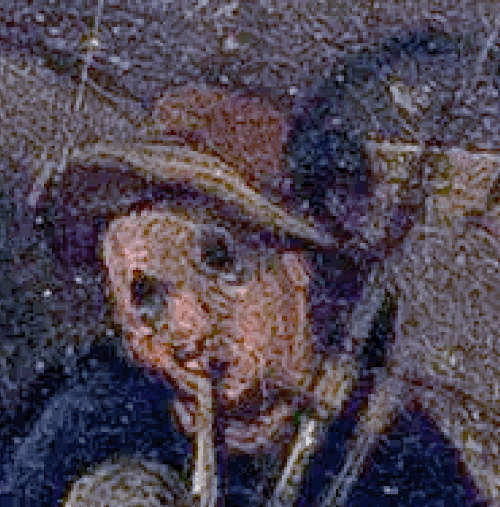
Highland clans |
- The massacre became a powerful piece of propaganda for Jacobites,
who were supporters of the deposed Stuarts and hadn't pledged
support for the new monarchs, William and Mary.
- It was
also a display of government cruelty.
|
The massacre was the result of a failure by the MacDonalds to quickly pledge allegiance to the new monarchs, William and Mary, after the Glorious Revolution and heightened tensions between Highland clans and the lowland government.
(Assistant)
|
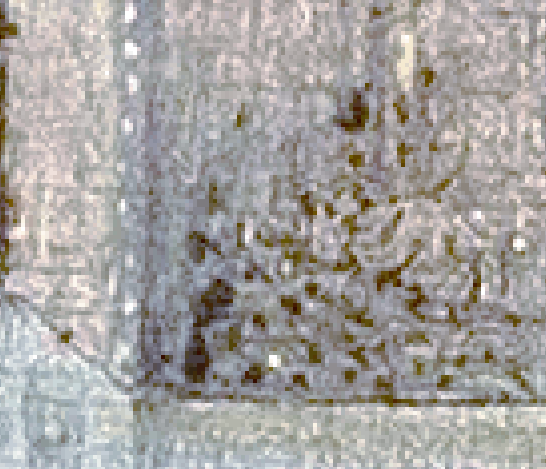
Foundation stone |
- To honor the historical event Bannerman had obtained a foundation stone from one of the houses that was at Glen Coe at the time of the infamous massacre.
- The stone was installed as a memorial to the victims of this sad event on the outer wall of his house on Bannerman's Island on the Hudson.
- It was inscribed with a memorial stating what the stone was and where it
came from.
- Unfortunately at some point in this saga the stone was completely destroyed by someone looking for valuables or
'treasure' behind the wall.
|
Cremona Document
and Sinclair Journals |

Scottish landscape |
- The Sinclair Journals are the lost Templar
journals of Prince Henry Sinclair (1345-1400) which are either the
greatest story ever told, or the greatest hoax.
- He
wrote a total of 3 journals that showed his life story from
age 8 to when he was age 51 in 1395.
- Sinclair is one of the royal
bloodlines from the Merovingian lineage that goes back to Mary
Magdalene, the French Capetian Dynasty.
| The Sinclairs and the Stewarts were two
prominent Scottish clans, with the Sinclairs being a
noble family and the Stewarts eventually becoming the
royal dynasty of Scotland. While not directly related
by blood, there are notable connections and
interactions between them throughout Scottish history.
(Wikipedia) |

Rosslyn |
- We also have the name
St. Bernard de Clairvaux who was the head of the Knights
Templar in Spain and that is so similar to Sinclair/St. Clair.
- Rosslyn Chapel was built by another grandson of
Prince Henry Sinclair.
- The Da Vinci Code made the Sinclair/St. Clair
family famous by identifying it as the family most likely to
be carrying the Jesus bloodline.
| Rosslyn Chapel was founded in 1446 by Sir William St Clair in Scotland, but construction was incomplete at his death in 1484. Originally built as a family chapel, it was later rededicated in 1862 after being abandoned following the Scottish Reformation in 1560. The chapel is famous for its mysterious and ornate stonework, which has inspired theories about hidden treasures like the Holy Grail and its association with secretive groups like the Knights Templar.
(Assistant) |
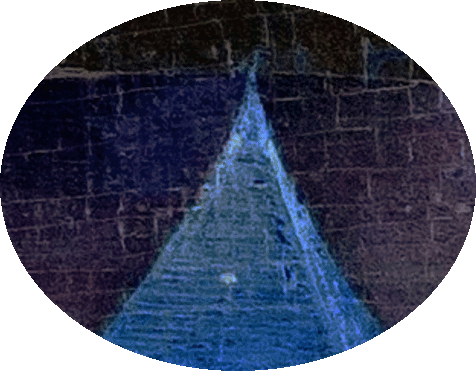
Nova Scotia is New
Scotland |
- The Sinclair family has a long and intimate historical
connection to the Knights Templar.
- A growing number of
researchers believe that the purpose of Prince Henry
Sinclair's 1398 expedition to North America was to hide the
Templar treasure.
- No one really knows what that treasure
is, monetary or something more esoteric such as religious
artifacts or secret documents revealing the true teachings of
the early church.
| Henry I Sinclair, Earl of Orkney, Lord of Roslin (c. 1345 – c. 1400) was a Scottish nobleman. Sinclair held the title Earl of Orkney and was Lord High Admiral of Scotland under the King of Scotland. He was sometimes identified by another spelling of his surname, St. Clair. He was the grandfather of William Sinclair, 1st Earl of Caithness, the builder of Rosslyn Chapel.
(Wikipedia) |

Land ho! |
- The story goes that the Scottish Templars who had
Kabbalist ancestors led by the Sinclair’s traveled to the
'Western Lands' numerous times including Earl Henry’s father, William Sinclair II, who made the trip a total of
7 times himself.
- The Cremona Document tells of Templar voyages coming to North America as early as 1179
and this was something they did quite frequently, it was not a
rare event.
| Henry I Sinclair is best known today because of a modern legend that he took part in explorations of Greenland and North America almost 100 years before Christopher Columbus.
(Wikipedia) |
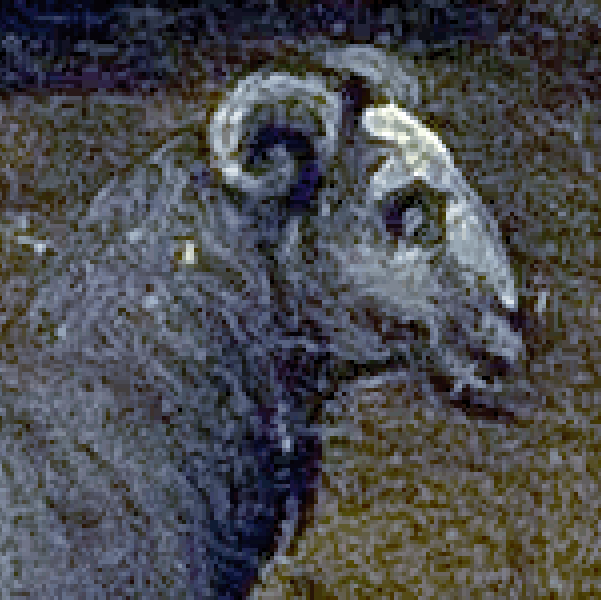
North America |
- So it seems if this were all a hoax, that's a
lot of voyages considering most historians believe the
Templars no longer existed after 1307, much less made it to
North America.
- The idea put forth by historians that
there's not much history here in America has been widely
disputed by numerous ancient documents, artifacts and
archeological sites.
|
If authentic, the history these documents contain is explosive and sheds important new light on many different aspects of history, as well as the individuals named in them over the course of just over four centuries (1353 to 1770).
(Scott Wolter, Freemason)
|

Great Goddess |
- Young Earl Henry Sinclair mentioned both old and new religious holidays and
he made numerous mentions of the ‘Great Goddess' who was central to his
Scottish clan’s spiritual beliefs.
- The Templars veneration of the Goddess lies at the heart of their success
in secret medieval activities in North America.
- That is because they shared a similar ideology as the indigenous people they interacted with and eventually assimilated with.
- Some believe that there's no proof that the Templars
worshiped a divine feminine figure, however, it's true that
Mary Magdalene did play a huge part in the Templars, which
many also believe never existed.
|
These entries are also consistent with my own research into the true ideology of the Templars. The importance of the Goddess to Templars is also supported by numerous mentions within the Cremona Document.
(Scott Wolter, Freemason)
|
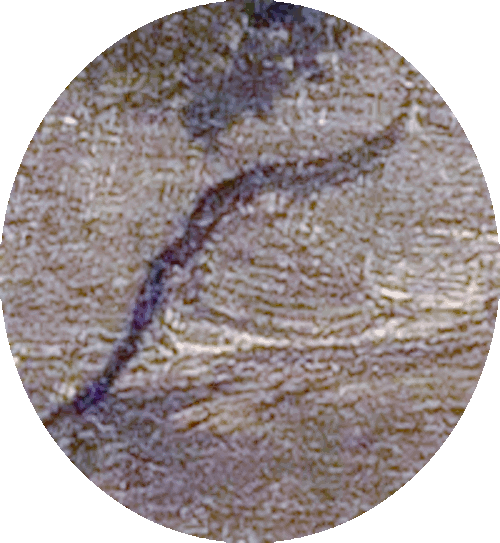
Snake |
- Troubles appear to be brewing when in multiple entries between 1373 and 1388, Earl Henry
Sinclair refers to what can only be a fugitive faction of medieval Knights Templar.
- He describes them as The 'Templari' being sheltered in the
Wemyss Caves in Scotland, which house mysterious carvings from as early as 300 AD.
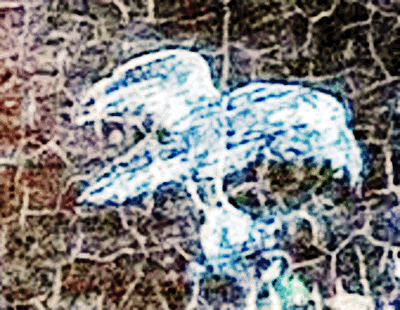
Important Scottish
families |
- Sinclair refers to the 'Brethren' and other important Scottish families most likely for their similar ideological beliefs and their service to King Robert the Bruce at Bannockburn in 1314.
- Additionally, because Sinclair mentions Hiram
Abiff, it showed how ideas from early Templars had made their
way into speculative Freemasonry ideals.

Castle sheep |
- We know that Frank Bannerman was a dedicated member of
the Scottish Rite and this story ties into his
castle somehow, and that his ancestors were Jacobites.
-
Author of the the Cremona Document, Donald Ruh
talks about the image of a goose carved into a large block of sandstone on Hunter Mountain
in the Catskills.
- The ancient Celts used a wild goose to symbolize the Holy Spirit.
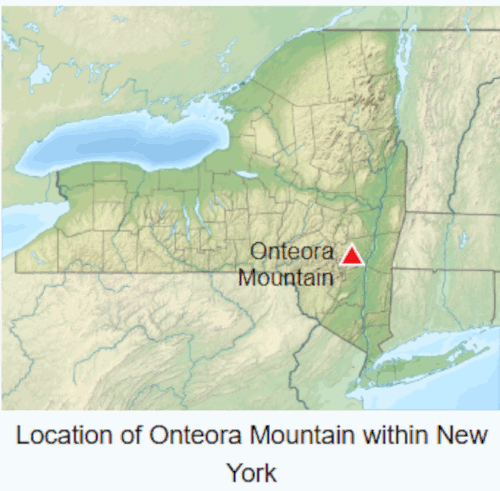
Relief location map of the State of New York, USA
- Wikipedia Commons |
- Ruh's book tells the story of the Templar knights who entered the extensive cave system under the walled city of Jerusalem shortly after they had captured the Holy Land.
- He also wrote about what the 6 Templars found beneath the ancient city and the subsequent mission decades later to a temple in
'Onteora.'
- There were 26 men and women who were dropped off at the mouth of the St. Lawrence River who then hiked to Hunter Mountain
which is right next to Onteora Mountain.
|
Onteora Mountain is a mountain located in the Catskill Mountains of New York east-northeast of Hunter. Parker Mountain is located east, and East Jewett Range is located west-northwest of Onteora Mountain.
(Wikipedia)
|

Mountain |
- Onteora is a Delaware Indian name that translates to
'Hills of the Sky,' however, it was originally named Parker
Mountain.
- Candace Wheeler renamed the area; Onteora Mountain, Onteora Park,
and the Onteora Club not long after 1883 when she purchased the property with the intent of establishing an artist’s colony that would include both single and married women as part of their organization.
- The Onteora Club was also inclusive of single women who had developed their own businesses and successful art careers
and this nod to the ladies was not common in other similar organizations of that era so this is notable.
- The mountain, however, was not renamed until centuries after the
Knights Templar story mentioned the name.
|
Here we will see yet another extension of the influence of early colonists from Hartford that extends all the way to Chico, California via its founder John Bidwell who was a member of this extended family group, many of whom seemed to have played a hand in the development of a uniquely American folklore and mythology.
(Bradbury Cort Lindahl)
|

Abduction |
- Some believe that the reason the story talked about
the Templars worshiping a female deity only happened because
so many members of the Onteora Club were female.
-
But to suggest that that a goddess was dreamt up by a club
with many female members is ludicrous because Sophia did come
first.
- There have been several religions in world history
that honor the goddess.
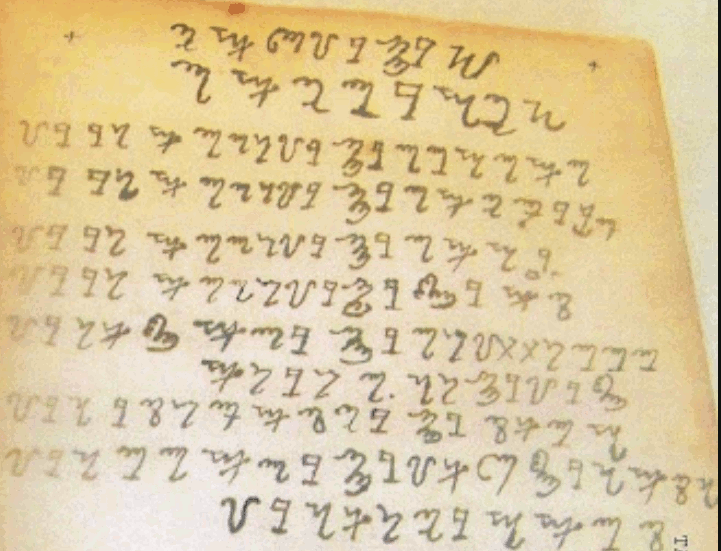
This photograph of the
Cremona Document is the List of Subjects page written in Theban text that includes two Hooked X's on line seven
which is a Templar
symbol. |
- The stories are told first-person by the Templar knights who made the discoveries.
- Also, what was found in the deposition of a historically known Templar knight, Sir Ralph
de Sudeley, who led a flotilla decades later to recover ancient
1st-century scrolls hidden in what is now the Catskills of New York.
- They story goes It was partly written in Theban alphabet as a substitution cipher.
- The document is presumed to be an 'encoded copy' of an
original document written in Latin in the 12th century but
transcribed as late as the 1700s.
|
The first part is believed to have been written about 1098 to 1114 AD. Some pages are missing and some portions of the script are unreadable due to holes in the paper. There are several parts to the document, the most interesting of which is titled “A YEAR WE REMEMBER”. This is a deposition by Ralph de Sudeley a Templar Knight.
(Allan Shumaker)
|

Cave |
- Ralph de Sudeley claims
some of his findings in the cave were things like compasses,
which were not in use in Europe until the 13th-century.
- In the next readable section he described preparations for a voyage to a land called Onteora far to the west
and this is believed to be America.
- At the court of the King of the North they picked up a
'priestess of the Goddess' named Altomara who had been to Onteora and would be their guide.
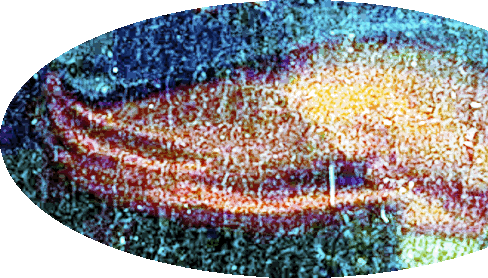
Winged travel |
- They departed on 6 ships with 140 men and women and some
horses.
- Setting sail North by Northwest and then West from a place called
'Gwynedd' making landfall in a fortnight where he mentions
'about a dozen mud huts.'
- Several scrolls were recovered
from the cave, it's quite a story.
|
The women fight with the men and are held equal by
them. A strange practice to us. God has certainly protected the location of the Temple of the Goddess and the disks as now the Holy Father can only hear of it from one of the Order ot the Knights Templer.
(Ralph de Sudeley)
|
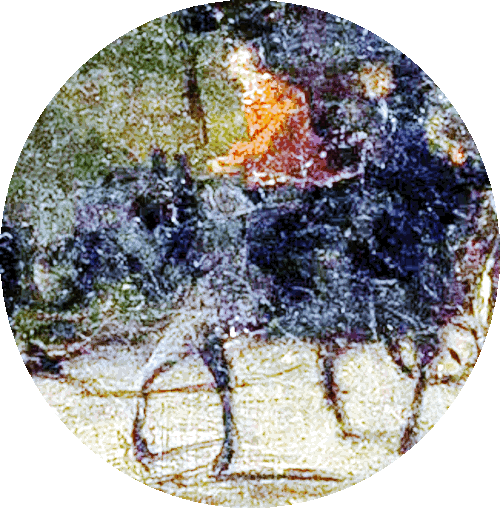
Journey |
- Dr. William 'Bill' Jackson, purchased the Cremona Document
in 1971 in Rome from a Mr. Benvenuto in Italy for 12000 Lire, about US $675 at that time
and about $5,100 today.
- Jackson acquired the Oak Island
Map in 1994.
- He invited author Donald Ruh to join him on a diving expedition off the coast of Newfoundland that led to the discovery of an ancient shipwreck
which was from the 12th-century.
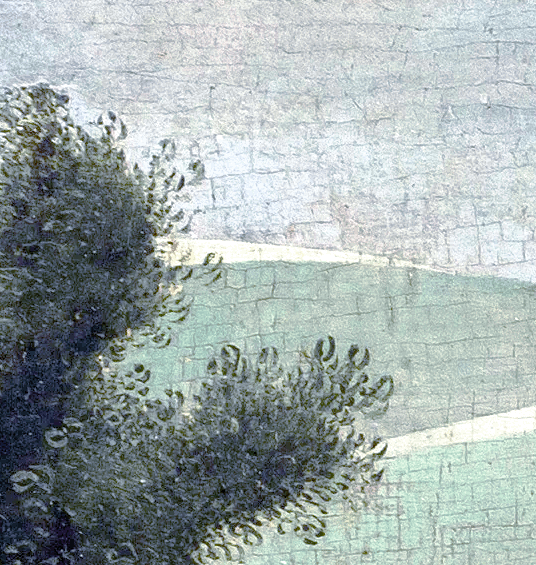
Hunter |
- Dr. Jackson was convinced the stories in the document were true,
so he asked the author and other colleagues to help search the Catskill Mountains for stone structures mentioned
in the text.
- They made numerous expeditions to Hunter Mountain, and elsewhere, which are as memorable as they are historic.
- They believed they found the cave where Altomara’s ashes and grave goods were buried and where the scrolls were previously hidden on Hunter Mountain.
|
De Sudeley is a documented historical figure from England. The document could be a hoax but why would anyone with that historical knowledge go to all the work to create a fake document? Also the archeological evidence supports some elements of the story.
(Allan Shumaker)
|
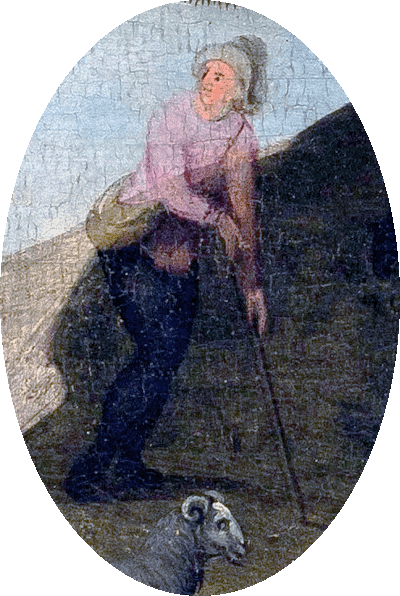
Buried |
- Before he died in 2000, Dr. Jackson sold the Cremona Document
to an agent in the Vatican and it has never been seen again.
- However, after his death he left several parcels of
information to Donald Ruh in 2006 which he claims included the
document and the Oak Island map.
- Additionally, Ruh was
granted the legal intellectual rights in 2008.
- Which is
all very curious.
|
The Cremona document, updated through 1908, contains
encrypted Theban script, brass discs etched with
“Anora” (an ancient name for North America), and 28
maps of hidden knowledge. A relic of myth—or a record
of secret history?
(Scott Wolter, Freemason)
|
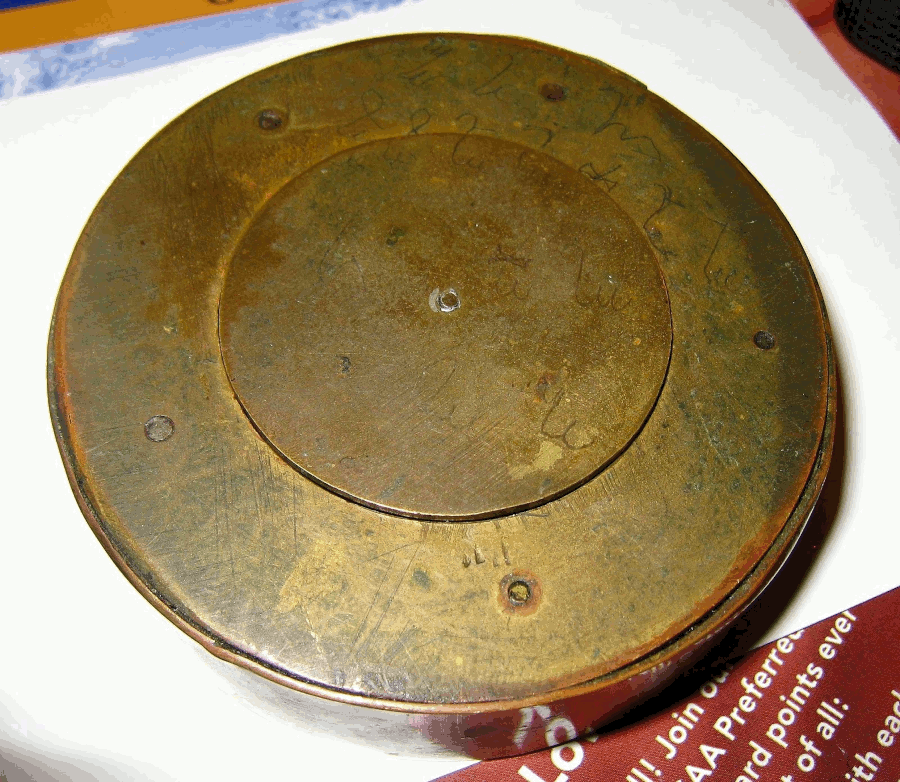
Brass device found
near Bannerman
Island |
- This all tied into Bannerman Island when author Donald Ruh
found a brass device, possibly an astrolab, with Theban writing on the shores of the Hudson River while
fishing there in 1968.
- It was hidden inside a
garden ornament that came from Bannerman Island.
- On later
expeditions, after
hiking up Hunter Mountain, the author found two stones with Theban
inscriptions.
- The Theban alphabet, also known as the witches' alphabet, is a writing system, specifically a substitution cipher of the Latin script, that was used by early modern occultists.
|
Hidden inside a garden ornament that originated on Bannerman Island, the device contained inserts and artifacts, inscribed with Theban script that eventually led Dr. Jackson to purchase the Cremona Document in Italy, before it could be donated to the Vatican and disappear forever.
(Scott Wolter, Freemason)
|
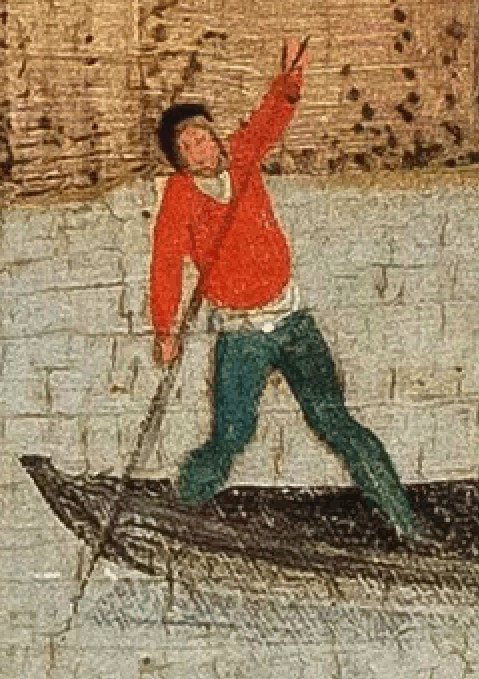
Expedition |
- Donald Ruh believes this evidence supports his thesis of multiple pre-Columbian expeditions by the medieval Knights Templar order to North America, both before and after the putdown by Pope Clement V and the King of France in 1307.
- Not only does the Ruh's book, the Scrolls of Onteora support that research, but it also introduces
12 new examples of the Hooked X™ symbol that connects directly to the Knights Templar and later traditions that embraced Templar ideology and philosophy.
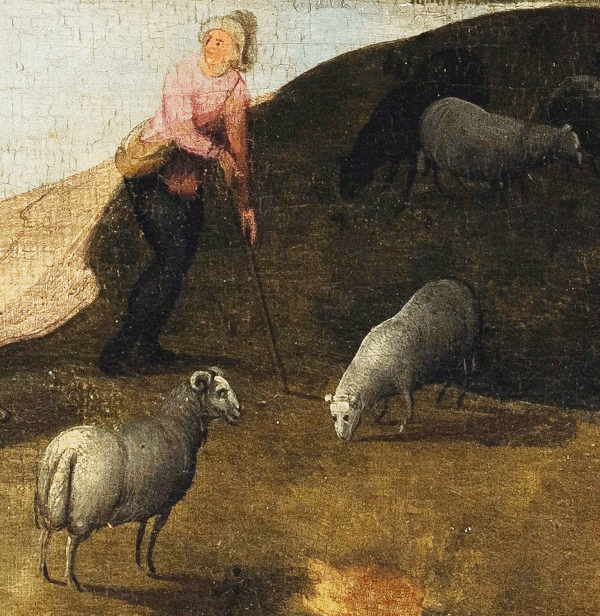
Ancient cultures |
- It also harkens back to previous knowledge of ancient cultures like the Phoenicians who traveled to North America thousands of years ago using the
'Western Star' to navigate.
- Just the same as the Templar's who received this important navigational secret from similar traditions
that came before them.
- Amazingly, how this also somehow seems to tie in with Joseph Smith who came out
of the hills of New York with mysterious gold and brass plates that he
took to Utah.
|
Donald
Ruh tells a fascinating story that, in my view, rewrites the historical narrative of what we thought we know about the Pre-Columbian history of North America and the medieval Templars.
(Scott Wolter, Freemason)
|

Ancient document? |
- As far as Oak Island interaction with the Cremona
Document, it is felt that Zena Halpern had no right to give the
material to others because it didn't belong to her.
-
Rather, the information belongs to Donald Ruh and she violated the agreement she signed with him.
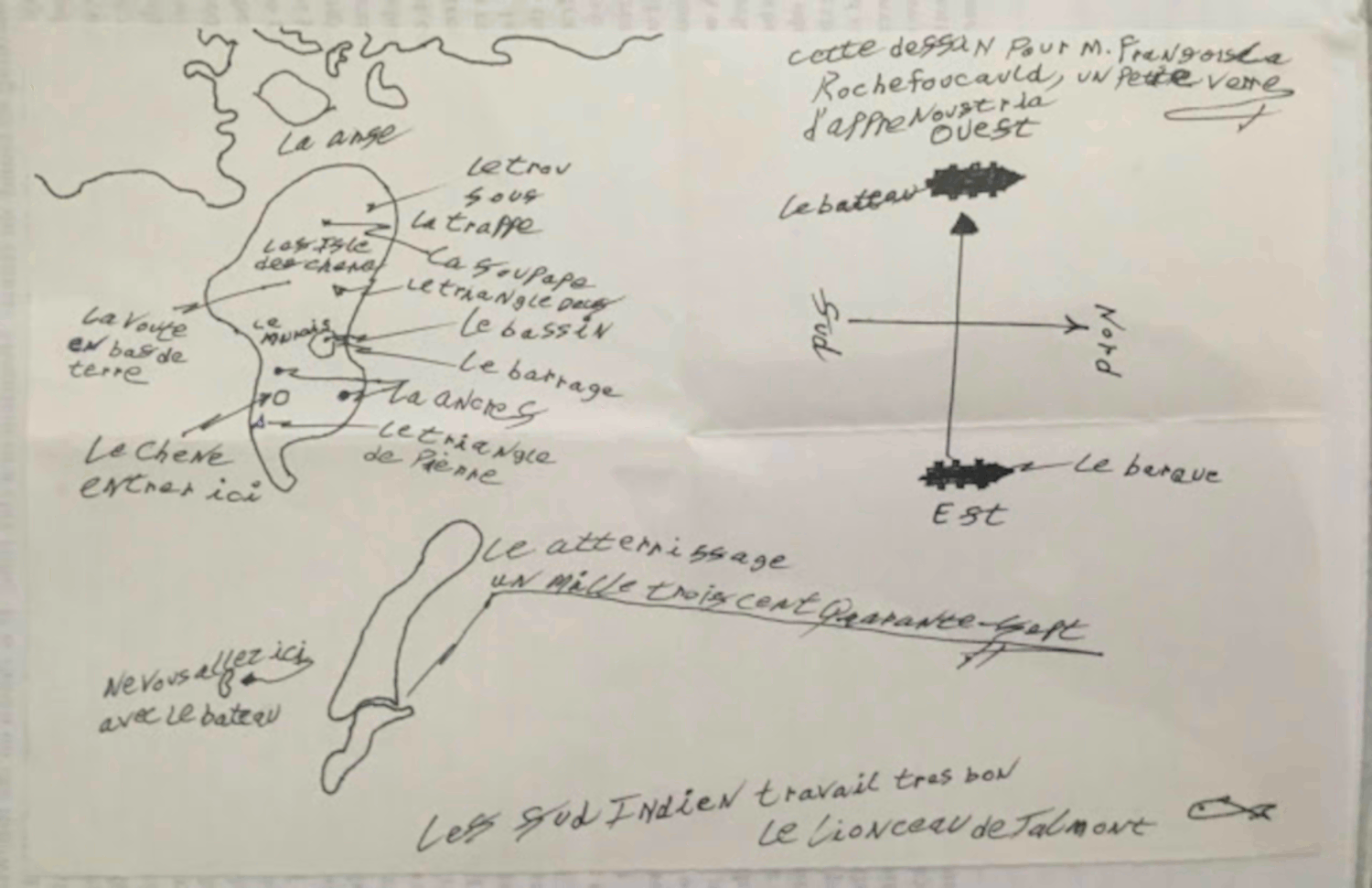
This map appears to show Oak Island, in Nova Scotia,
from Dr. William “Bill” Jackson, in 2015. (Courtesy of Donald Ruh) |
- Further, the only part of Ruh's material that relates to
Oak Island is a map of the island that is known to be a modern
fake created in 1979 and was never in any way connected to the
Cremona Document, however, Zena Halpern was not aware of that.
- Donald Ruh had entered into an agreement with Halpern in
2009 to research the document and write a book together.

Cloud walk |
-Unfortunately, Halpern broke the agreement and wrote her own
book and the information that belonged to Ruh was given to the
Oak Island film crew.
- The Cremona Document story does appear to be true
to many,
but it has nothing to do with Oak Island and Ruh feels that whatever
was there, was removed a long time ago.
|
Mark Twain the
Mysteries of Onteora
and the Knights
Templar |
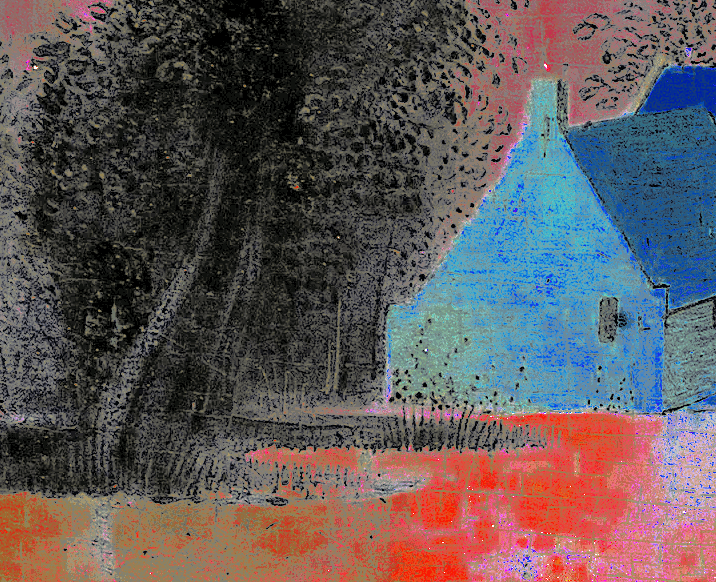
Artist's Colony and
Literary Salon |
- The mystery hardly ends here because there
is speculation that an artist’s colony and literary salon held at the Onteora Club near Hunter Mountain is likely the source of all of these historical
'shenanigans.'
- Mark Twain (Samuel Clemens), who was very
clever, had even written a book at this early date questioning the true authorship of the plays of Shakespeare.
|
I was surprised to find so many connections between the Onteora Club and people I had already written of previously in connection with Oak Island, The Newport Tower, and Kensington Rune. The below information is just the tip of the iceberg that shows how all of these places were exaggerated as being Norse or Templar or as in the case of the Kensington Stone outright faked.
(Bradbury Cort Lindahl)
|
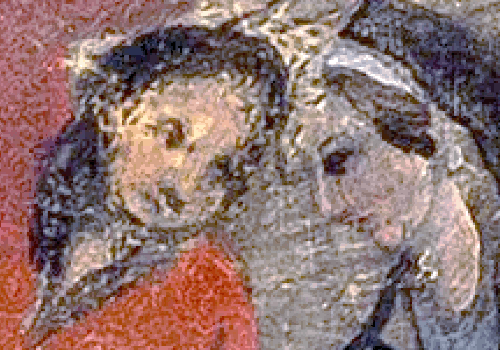
Artist colony |
- Of course Twain was part of the famous Onteora Club
which is adjacent to Hunter Mountain and there are a few
individual artists in particular that were part of the club.
- Some of them had actually visited important places in the story told by the
Cremona Document in its version of events including Petra
in Jordan, Baalbek in Lebanon, Athens, and Rome.
-
It's quite possible that some of these artists and free thinkers may have even had a distant relation to people that did impact the Crusades and were members of the original Knights Templar.
|
Our examination of some famous artists from the Hudson River School of painting along with famous author Mark Twain (Samuel Clemens) may go a long way towards explaining the recent phenomena of “The Scrolls of Onteora” in tandem with the strange manuscript known of by mystery lovers as “The Cremona Document.”
(Bradbury Cort Lindahl)
|

Club dancer |
- In addition, 3 prominent members of the Bannerman family play direct roles in this
tangled story.
- Here we can appreciate how French, Scottish, English, and American families with a rich tradition,
could easily have crafted a history that suited their legacies.
- These people were among a well read and educated class that all collected and created great art.
|
Among the members of the Onteora Club are several
individuals that had the background and historical
knowledge who may have cooked up a historical story
related to the region where their club was located
that also linked to many of the famous places they had
visited.
(Bradbury Cort Lindahl)
|
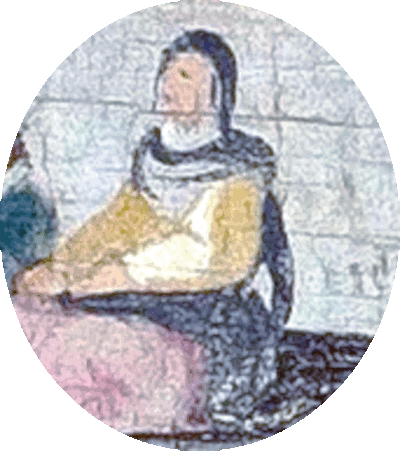
Storyteller |
- To some, these ideas do sound as if they were crafted by a person that also wrote novels and adventure stories.
- At the same time, it's easy to be a skeptic and listen
to the old 'conspiracy theory' notion thus closing yourself
off from new ideas.
- However, notice so many don't seem to
know anything now, and are not willing to listen to any new ideas,
especially if they deal with the unknown, or go against their
beliefs.
- Yet it is true,
that some of these individuals stock in trade was crafting fictional stories that were believable to the public at large
which they sold to make large sums of money or to build
notoriety for their family name.
|
What we may be seeing here is a gross exaggeration of these historical events or follies that was wholly misinterpreted by these later people who desperately wanted to prove historical oddities that included ancient Hebrews and Knights Templar in upstate New York long before Columbus had come to the West Indies.
(Bradbury Cort Lindahl)
|

Holy Land |
- Part of author Donald Ruh's story is about a man from the 12th-century named Ralph de Sudeley
who was supposedly a member of the Knights Templar who had traveled to Petra, Jordan, to retrieve the Ark of the Covenant.
- A valuable Hebrew artifact which was hidden in Petra and
found its way via de Sudeley to what is today Hunter Mountain,
where it was delivered to the cloistered Hebrew Priesthood that existed there.

Holy Land |
- There is no
documented evidence that de Sudeley was ever a part of Knights Templar or that he had ever traveled to the Holy Land.
- All of this occurred long before there was any recorded voyage to North America by anyone but the Norse who settled at L’ Anse Aux Meadows, Newfoundland, for a few years then left never to return.
|
Cort Lindahl actively explores the many
mysteries around the world and offers unique
perspectives and theories on how they could be
seemingly connected. Through his research he has
uncovered tantalizing details which might change
history as we commonly know it today.
(mysteriouswritings.com)
|
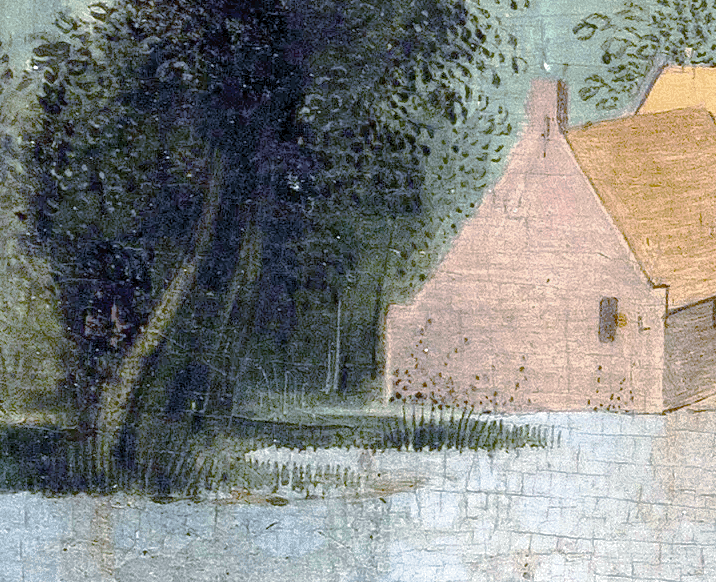
Bannerman yard |
- Is it possible that Mark Twain had anything to do with the development of this story?
- At this point it is obvious that 19th-century arms and military surplus dealer Francis Bannerman VI
may be part of this entire scheme as well.
- Part of Ruh’s story revolves around strange artifacts and clues that were recovered at Bannerman’s Castle on the Hudson River.
- Research indicates that Mark Twain even spent time at the Onteora Club with the Campbell-Bannerman family who were directly related to Francis Bannerman IV.
|
All of this became obvious after searching for the word “Onteora” which in turn led to the connections between the Bannerman family, Twain, and a group of very exclusive artists and writers many of whom had deep roots in early American history among the first families of Hartford, Connecticut and Plymouth, Massachusetts.
(Bradbury Cort Lindahl)
|

The Mayflower Clan |
- There are some strange circumstantial historical facts that indicate the entire story may have been developed in the tradition of the literary and artist’s salons of Europe over a wide span of history.
- The era during which Mark Twain spent a summer at the Onteora Club was kind of a golden age of what may be termed the Arcadian Mysteries.
- It was during this time that treasure hunting was very
popular and it all started with stories about the famous
pirate Captain Kidd which caused many to look for treaure
along the east coast, although none was ever found.

Astro |
- There is much speculation about many mysterious 'tales'
including Oak Island, the Kensington Rune discovered in 1899,
Rennes le Chateau and of course, Bannerman's Island.
- What is interesting in this examination is the association between
Mormon Joseph Smith and what may be termed 'Theban script.'
- A language that is included as part of the
Cremona Document as well as the astrolabe like device
(the large brass device discovered in 1968) that was said to have been found at Bannerman’s Island as part of the story.
- You have to admit though, Bannerman did have a lot of brass
objects laying around.
|
An astrolabe is an astronomical instrument dating to ancient times. It serves as a star chart and physical model of the visible half-dome of the sky.
(Wikipedia)
|
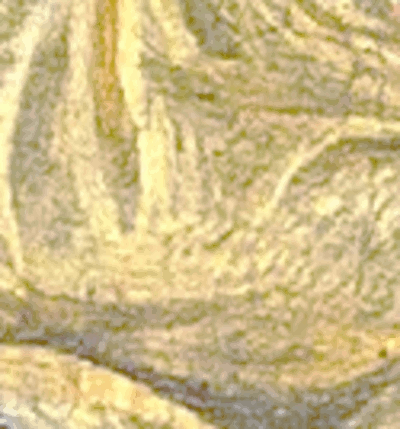
Golden |
- When Joseph Smith supposedly found the golden tablets of the
Book of Mormon he himself wrote down the characters that were used in their composition.
- He then took his notation to a linguist who identified the script as what is known of as Egyptian Hieratic script which is similar to the later Theban Script.
- Theban Script which supposedly didn't exist until the 16th-century,
however, it was discovered in New York in the 13th-century.
- We don't know though, because he never showed them to
anyone, they apparenty disapppeared.

Family tree |
- Interestingly Joseph Smith actually owned real Egyptian papyri from the Roman period that also included very similar script to what is seen on some of the documents included in what is termed the
Cremona Document, so who can really say this story
isn't true.
- We have to remain open-minded and keep
connecting the dots.
- However, this is quite a coincidence
seeing that Smith and Bannerman were from the same area in New
York State and some of Smith's distant relatives were there as well
long after he left.
- Smith died a
few years before Bannerman was even born so they didn't know
each other personally.
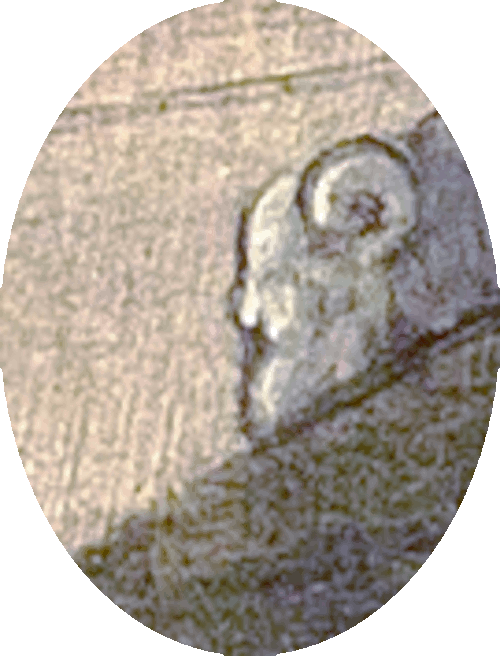
Ram head |
- In addition to dealing with munitions and arms, Bannerman was
also a well known art and
relic collector.
- It's very possible he had some of the same
ancient documents and artifacts that Mormon Prophet Joseph Smith found.
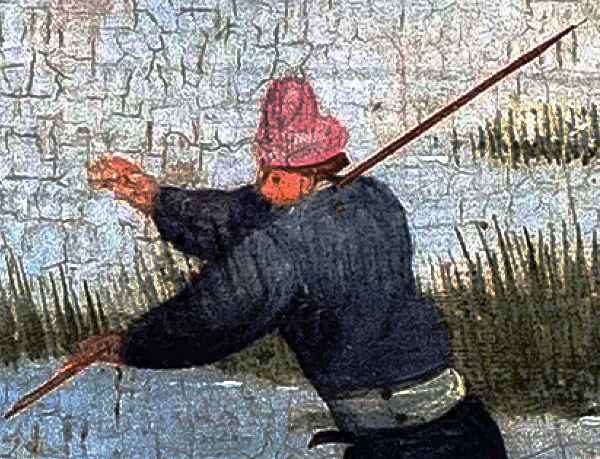
Divining rod man |
-
Some feel that the inspiration for the part of the Cremona
Document story that includes a Hebrew Priesthood was likely inspired by a group known of as
'The New Israelites' from Vermont who were called 'Rodmen.'
- This refers to the staff carried by Aaron and Moses
mentioned in the Bible that these rods have magical occult
powers, but to the New Israelites it was a divining rod to find
treasure.
- The Rod of Aaron is also one of the items that are supposed to have been inside the Ark of the Covenant.
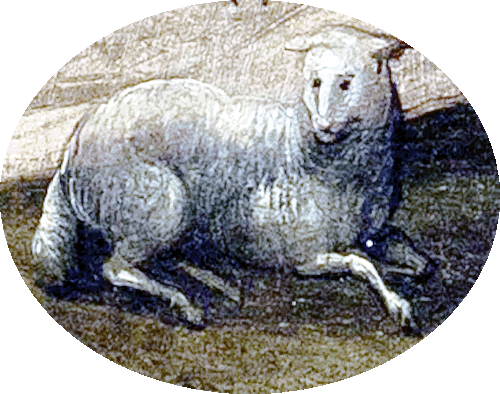
Hebrew lamb |
- This group was started by a man named Justus Winchell and included Joseph Smith Sr. the father of Joseph Smith.
- These people believed that they were descendant of original Hebrews and considered themselves to have a legacy that included a search for the Ark of the Covenant and other treasures.
|
It may be telling that the Cremona Document tells of an exiled Hebrew Priesthood atop Hunter Mountain that closely resemble the actual description of the beliefs of the New Israelites.It is very odd that Kensington Rune geologist Winchell has direct family ties to this group and then shows up again in association with the stone in Minnesota. Given what we are learning here it is even possible that the powerful members of the Onteora Club may have also had something to do with the bogus rune.
(Bradbury Cort Lindahl)
|
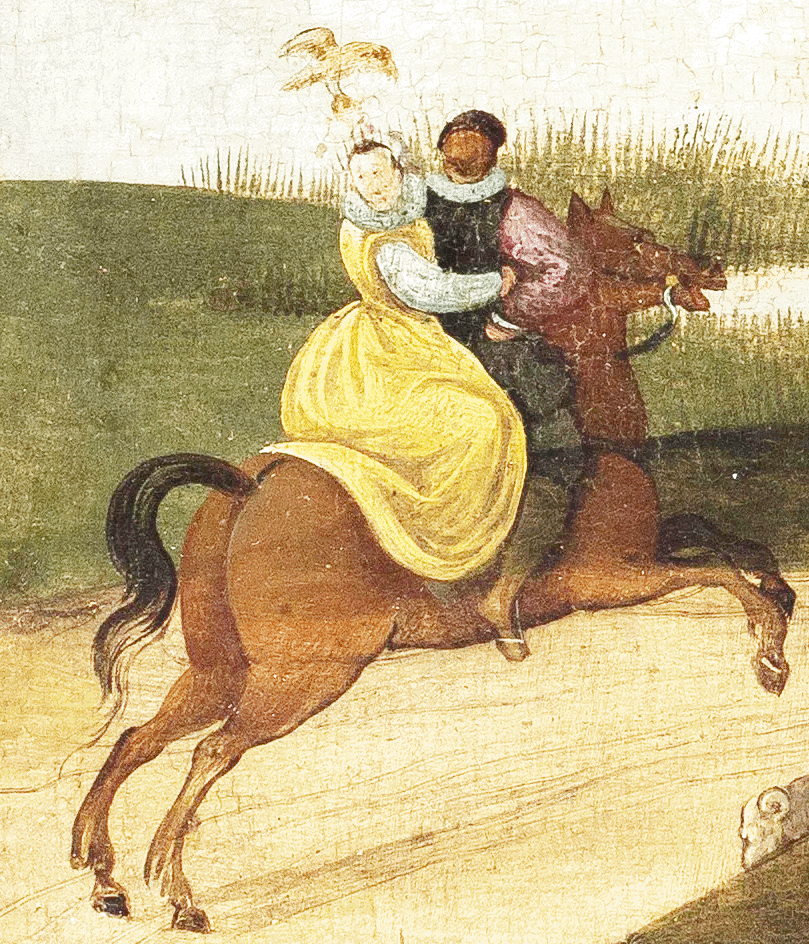
Renaissance |
-
Renaissance era Bacon family members
appear in many of the stories in America involving lost treasures or hidden caches of documents.
- The Bannerman family intermarried with members of the original family of Sir Francis Bacon, so that is notable as well.
- It is known that 3 members of the original Bacon family worked for President Jefferson.

Treasure hunting
syndicate |
- In reality, the New Israelites did resemble a modern treasure hunting syndicate that kept their studies and searches for treasure a secret,
much like the Templars and Freemasons kept secrets.
-
Secrets which are often misconstrued or forgotten because they added false
clues to confuse others who were searching for the same
treasure.
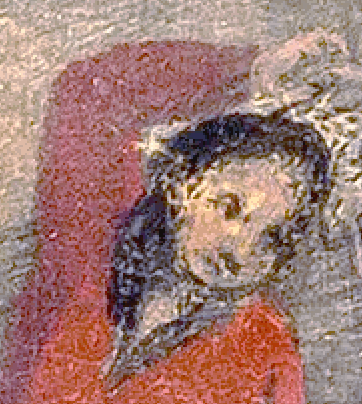
Crafty club member? |
- Is it possible that the creative minds of the Onteora Club had fashioned this tale so as to create a legend in the very area where their club was located?
- Had some of them such as Francis Bannerman been involved in this intentional crafting of a desired history or was it a prank?
- These are difficult questions to answer, however, it is clear that others in the
club had been caught faking real history for their own reasons,
it's called creative writing.
|
If true this was not a new phenomenon as similar schemes have been noted earlier in history including the story of the Shepherds Monument at Shugborough Hall in England and even the famous Money Pit on Oak Island in Nova Scotia. Indeed the legend crafters of the Onteora Club had included allusions to these two earlier mysteries in what they had created.
(Bradbury Cort Lindahl)
|
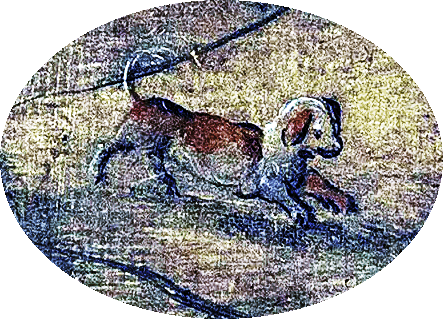
Clan gathering |
- There is no evidence that Bannerman was a member of the Onteora Club,
however, members of his family were known to attend gatherings there.
- One prominent member was married to George MacDonald,
a relative of Bannerman’s, undoubtably from Clan
MacDonald.

Another tower |
- Henry Wadsworth Longfellow (1807-1882), poet, may have been involved in the creation of the Onteora
'hoax' as he had been involved in presenting the Newport Tower as
of Norse origin.
-
His family was even involved in the effort to build a scale
copy of the Washington Monument at the site of the
Kensington Rune in Minnesota.
- Longfellow also has the distinction of having produced poetry that even includes the locations and events mentioned in tandem with many of these treasure stories.
|
Longfellow’s “Song of Hiawatha,” and “The Musician’s Tale” (Saga of King Olaf) also include Norse imagery very similar to that seen on the Kensington Stone itself. Jules Verne’s “Journey to the Center of the Earth” may have also influenced the story of the Kensington stone.
(Bradbury Cort Lindahl)
|
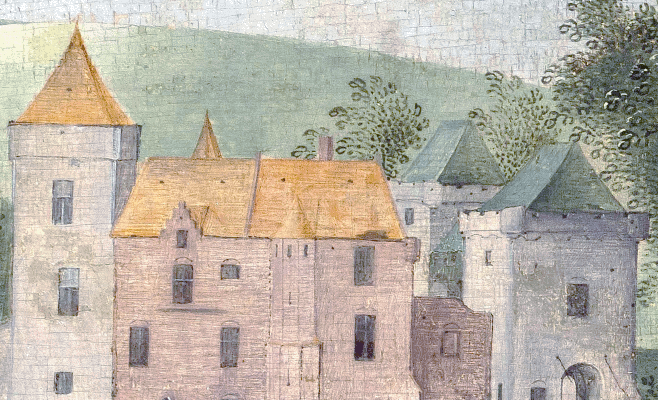
Newport |
- The lives of Longfellow and Bannerman do overlap and it is clear that Longfellow had a personal association with Bannerman’s direct kin, Alexander and Lady Bannerman, whom he entertained in Newport, Rhode Island.
- Other authors and artists, such as Samuel Morse and James Fennimore Cooper,
it appears were also involved in these activities and many of these men were also members of the Society of the Cincinnati.
|
The Society of the Cincinnati is a fraternal, hereditary society founded in 1783 to commemorate the American Revolutionary War that saw the creation of the United States. Membership is largely restricted to descendants of military officers who served in the Continental Army.
(Wikipedia)
|
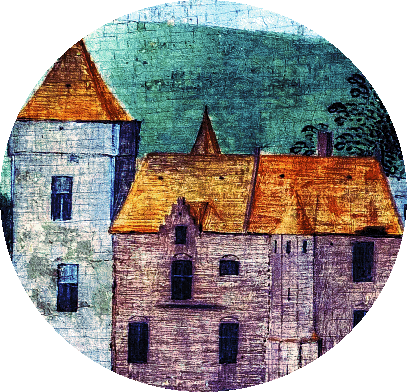
History |
- There are more than likely connections that exist between this group of people at the Onteora Club and the real original Knights Templar.
- It is only natural that out of such an elite group that many connections to royalty or other powerful people would exist.
- Therefore, it is only natural that those who possess such legacies would be proud of them and also wish to connect them in turn to the history of the United States.
- That's real stories though, not made up stories.
|
He said to his friend, “If the British march
By land or sea from the town to-night,
Hang a lantern aloft in the belfry arch
Of the North Church tower as a signal light, —
One, if by land, and two, if by sea;
And I on the opposite shore will be,
Ready to ride and spread the alarm
Through every Middlesex village and farm,
For the country folk to be up and to arm.”
(Henry Wadsworth Longfellow, The Midnight Ride of Paul Revere)
|
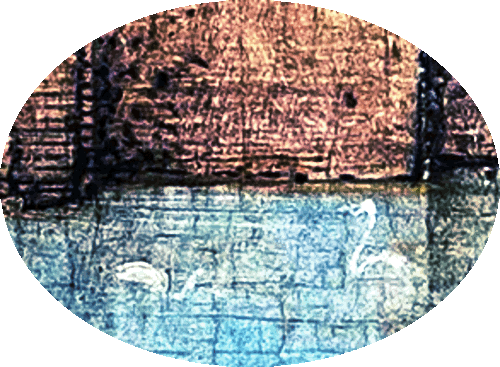
Swan |
- Alexander Bannerman was Governor of Prince Edward Island, Newfoundland, and Bermuda,
and he was also a Baronet of Nova Scotia, as awarded to his
family by William Alexander the original Baron of Nova Scotia.
- Frank Bannerman obviouly had a lot of elite connections.
- His wife even noted that Longfellow was composing The Song of Hiawatha
during their visit, a poem that relates directly to Minnesota and
possibly the Kensington Rune stone.
- It is possible that elements of the Onteora Club were extending the saga of the Norse in America that Longfellow had
introduced, and were now extending it to the Knights Templar
and the Vikings later on.

White dog warning |
- Could this be false history that was colorfully
perpetrated by these writers and artists, they had afterall,
admitted to a few other tales as the Arch of Titus.
- There were 3 members of the Bannerman family who were important in this story.
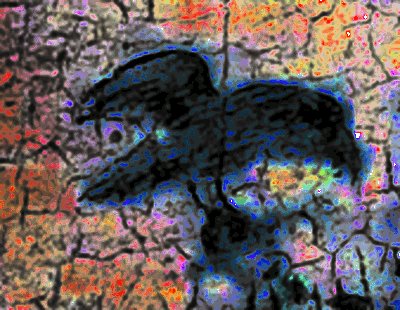
Bannerman eagle |
- It does appear as if Francis Bannerman VI was in a position with the correct associations with powerful people to have promoted his national and cultural identity as it applies to the United States.
- He also had access to a large cache of relics associated with American and European history and associated with people like John Rockefeller and J.P. Morgan,
who both had great interest in the story of the ideal American
history.
|
A study of the real history suggested by the Cremona Document does compel one to become conversant in the history of some of the families involved and as we may see this could be the entire point of this contrived document.
(Bradbury Cort Lindahl)
|

Bermuda |
- Henry Campbell-Bannerman (1836-1908) who was Prime Minister of the United Kingdom from 1905-1908,
was associated with people in this story as well as the
Onteora Club and had even spent time at Onteora Mountain
-
As was Alexander Bannerman, Governor of Newfoundland and
Bermuda who we mentioned above.
- All these players lived from the mid
19th-century extending until the time of World War I in the
early 20th-century.
|
In the end, it is notable that the story of the Scrolls of Onteora or the Cremona Document includes what appears to be Mormon imagery.
(Bradbury Cort Lindahl)
|
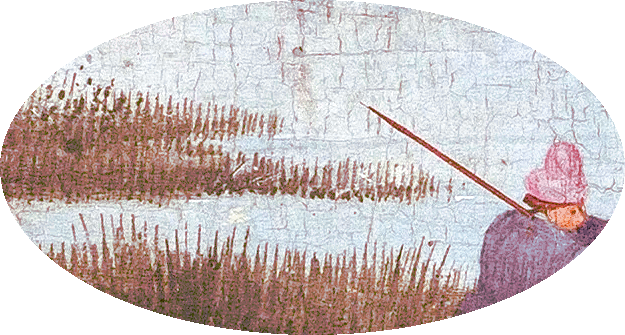
Red River colony |
- Many members of the Bannerman family were early colonists in what is known of as the Red River Colony in Canada and Minnesota.
- The boundaries of this colony match what Hudson Bay Company defined as what
we know today as Minnesota.
- Longfellow's Kensington Rune Stone is located along this border between Red River
(Hudson’s Bay Company holdings) and what was once French Louisiana.
|
Longfellow's domestic happiness was shattered in 1861, when his wife Fanny died of burns after fire engulfed her from a candle accidentally knocked over as she was melting wax to seal locks of her children's hair
(nps.gov)
|
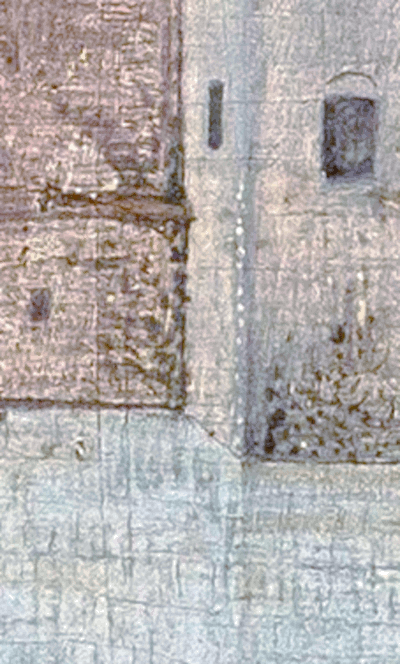
Sea port |
- There is a genealogical record of one Anna Elizabeth de
Blois upon the death of her husband marrying a MacDonald, also a member of the Bannerman family
and the Onteora Club.
- She came from the famous French Huguenot family that first took refuge in Oxford, England, after the St. Bartholomew’s Day Massacre in Paris in 1572.

Sea travel |
- Eventually members of this family spread to Newport, Rhode Island
and Boston, Massachusetts as well as Charleston, South Carolina, and Halifax
in Nova Scotia.
- This distribution of family along major sea ports in the colonies is a
hallmark of many successful and powerful first families.
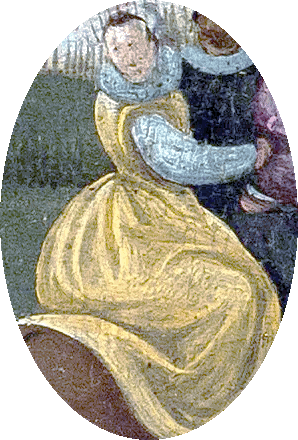
Family history |
- Hugh de Blois Count de Champagne was involved in the creation of the Knights Templar along with Bernard of Clairvaux.
- He was said to have become a Knights Templar at a time when there were only
12 members of the order making him the 13th member of the order.
- Hugh held a legacy that related him to many powerful people in history including King Stephen of England and others.
- So here we finally do have a real and tangible link to the original Knights Templar but
still have no physical evidence that any of the story in the
Cremona Document is true.
|
I do believe that in only certain cases a kind of treasure or Pirate’s map is suggested by using structures like the Newport Tower and octagonal Powder Magazine in Colonial Williamsburg. I believe both of those towers were built as axes mundi. This tradition actually leads us back to Constantine the Great and the four octagonal structures he created that I believe in part were based on the Tower of the Winds of Athens.
(Bradbury Cort Lindahl)
|

Onteora mountain |
- It is likely that
Anna Elizabeth de Blois was aware of all of the history of her family related to the Knights Templar
as were all her ancestors.
- But all the names and
relations get very thick and entangled, like Thomas Jefferson, Jean Baptiste de La Rochefoucauld
and Benjamin Franklin.

Relation |
- It is clear that the de Blois, Rochefoucauld’s, de La Tour family, and Stewart family of the exiled Jacobite monarchy are all blood related to each other.
- Showing how the de Blois family is also directly blood related to the des Barres, Alexander, de La Tour, MacDonald, Bannerman, and Stewart families.
|
In fact the legacy of the de Blois family reaches all the way back to the very origins of the Knights Templar and even has other later family members actually controlling the region of Greece known of as Arcadia that was in part occupied by the Knights Templar!
(Bradbury Cort Lindahl)
|

Onteora frontier |
- Each one of these families does have a real relation to the fabled Knights Templar.
- It may be that in addition to his collecting mania that Bannerman was also involved with a powerful and wealthy group of art collectors that would include J.P. Morgan, John Rockefeller, and William Randolph Hearst.
- These individuals possessed an in depth and detailed knowledge of the items they collected as well as the history surrounding them.

Pied |
- They employed many art historians to help them find and verify the items they would purchase,
and they provided all the 'indepth' knowledge which shows they
were indeed capable of creating false documents with made up
history.
- What is true and clearly seen in early American history is that many of the family names mentioned in this story played important roles in the establishment of the United States of America.
|
It is likely that art collectors of this caliber
were often presented with both fake pieces of art and
documents so they were used to this type of scam. Even
today the Rockefeller Foundation has an interest in
Bannerman’s Castle and earlier in the twentieth
century had contributed greatly to the restoration of
Williamsburg and Mt. Vernon, Virginia.
(Bradbury Cort Lindahl)
|
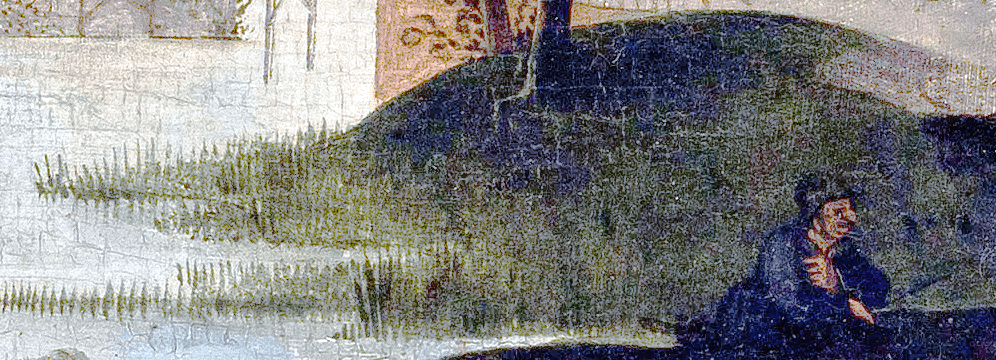
Elite state park |
- We already know how these elite families, rich on
government dollars, leave their name all over the place.
-
Wouldn't it make sense that their artistic and poetic family
and club members kind of hype things up and sugarcoat the
story.
- For instance, right in the Hudson Valley there are
New York state parks for the Bannerman's, Roosevelt's,
Rockefellar's and even Donald Trump's failed golf course that
is now an unfunded state park.
- For which he received huge
tax deductions, both federal and state you'd have to assume.
|
The Rockefellers built the Cloisters Art Museum and the Hearst’s in addition to Heart Castle also rebuilt two medieval Cistercian structures they had shipped piece by piece from Spain one in Florida the other in California.
(Bradbury Cort Lindahl)
|

Elite castle |
- There are also remnants of several of William Randolph
Hearst's failed castle relocations that eventually ended up
abandoned in city parks and the
responsibility of the taxpayer.
- Part of Hearst's donation was land in Springfield, Illinois, to build the
fake Abe Lincoln cozy cabin and tourist site.
- In Canada, the International Peace Garden is also located within the historical boundaries of the Red River Colony.
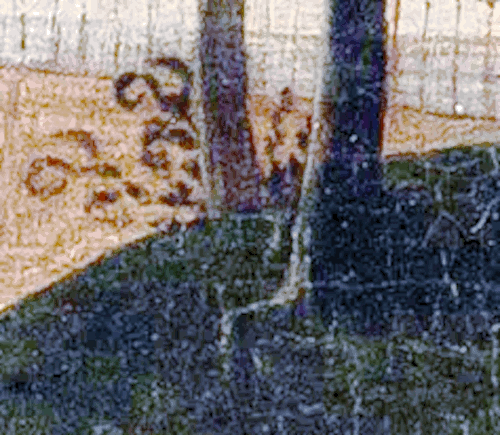
Rune |
- The Kensington Rune is along the same Red River Colony
border.
- Additionally, there are so many 'conincidences'
such as spatial relationship of Bannerman’s Castle and the Newport Tower
which is documented on one of the maps that are part of the
Cremona Document.
|
It may be more than a coincidence that Bannerman’s Castle on the Hudson is located exactly due west 270 degrees true north from the Newport Tower in Rhode Island.
(Bradbury Cort Lindahl)
|
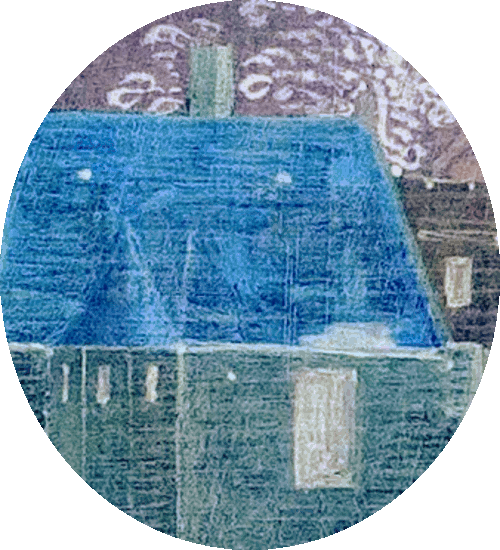
Night shades |
- We also know how the collectors overvalue the art market which
they control and use as propaganda in many cases.
- There is a lot of debate going on about all these
things, some believe that Bannerman had something to do with
all the locations.
- To the extent that many believe this
story all too convieniently memoralizes these elite families,
like everything in our world today.
- But there is much
more to the Kensington Rune story for another day.
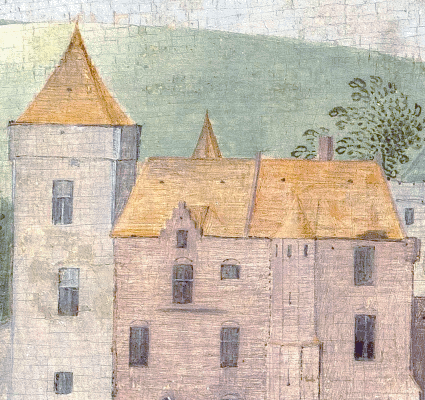
Wealthy |
- Or is
just once again the story of the wealthy burying the treasures
and providing the clues.
-
Unfortunately for us, the elite are the only ones with enough
wealth to be able to dig up all these things so we have to
keep an open-mind and discern.
|
The "realness" of the Kensington Runestone is highly debated, with the overwhelming scholarly consensus being that it is a 19th-century hoax, not a genuine 14th-century artifact. However, some people maintain belief in its authenticity, arguing for its historical significance as a symbol of potential pre-Columbian Scandinavian exploration.
(Asssistant)
|

Sand |
- Not everything's a lie, however, with what we know
about our government, it's not a trustworthy relationship,
especially when we see some totally financed by them (pennies
on the dollar type thing).
- It's also amazing to see how
there were no laws back then preventing any of these
Iran-Contra type dealings.
- Apparently when the arms found
their way to the consumer arms, they grew fearful and had to
clamp down and make laws.

Symbolism |
- Even beyond that, there is definitely some of their
symbology going on in all these mysterious 'sites' which often
appear on the 33 degree line.
- As
example, the architectural style of the Temple of Peace has
been repeated many times throughout history.
- The 3-sided
triangle above the 4 pillars or square, a concept which is
included in just about all logo design today, even if just
represented by colors.
- We all know about the Washington
Monument and the street layout in Washington DC, the same
patterns.
- And didn't we just learn that Trump has plans
to build an Arc de Triomphe (Trump) of his own.
|
Even Jefferson’s Monticello was inspired by the octagonal Daphne Palace of Constantine and the Temple of Peace of Rome of Vespasian. The President had suggested allusions to the Temple Treasure in his architecture. The imagery of the Temple of Peace of Rome is also present at the International Peace Garden on the U.S. and Canadian Border in Manitoba and North Dakota.
(Bradbury Cort Lindahl)
|

Horse trot |
- Over time, the whole story just turns into a fairytale
or comic book plot and that is on purpose.
- Like JFK and
Camelot.
- Elements of the Cryptic Rite of Freemasonry do seem to be a central element to many of these
tales including Oak Island
and other lost treasure stories.
- And of course the
Kabbalah always fits in even though it's hidden inside
Presbyterian.

Legend |
- Whether the Knights Templar came to Hunter Mountain to meet a Hebrew Priesthood in the 12th-century, versus
a story about the artists and writers of the Onteora Club having produced this legend and
the Cremona Document for their own reasons.
- Which one makes more sense and is easier to prove?
|
When I compare
What I have lost with what I have gained,
What I have missed with what attained,
Little room do I find for pride.
(Henry Wadsworth Longfellow, Loss and Gain)
|
- Mark Twain wrote A Connecticut Yankee in King Arthur’s Court which
was about a man time traveling back to the medieval era to witness and take part in the fables surrounding the legendary King.
- Coincidently, the area where the Onteora Club is situated is also the setting for Washington Irving’s
Rip Van Winkle which includes some of the same
concepts Twain included in his King Arthur story.
- Then
there is also Irving's The Legend of Sleepy Hollow with
a character known as the Headless Horseman believed to be a Hessian soldier who was decapitated by a cannonball in battle.
- Right up river from Bannerman's Island.
|
It has been adapted for the screen several times,
including a 1922 silent film and a 1949 Walt Disney
animation as one of two segments in the package film
The Adventures of Ichabod and Mr. Toad. The story is set in 1790 in the countryside near the former Dutch settlement of Tarrytown, in a secluded glen known as Sleepy Hollow.
(Wikipedia)
|
|
George Jr. as
Sir Henry Campbell-Bannerman |
- Sir Henry Campbell-Bannerman was a British statesman and Liberal Party politician who was Prime Minister of the United Kingdom from 1905 to 1908.
- He also was Secretary of State for War twice, in the cabinets of Gladstone and Rosebery.
|
In 1928 Vickers Ltd merged with the greater part of
the company Armstrong-Whitworth of Newcastle to form
Vickers-Armstrongs Ltd. The two companies had
developed along similar lines, expanded into various
military sectors and produced a whole suite of
military products. In 1928 a merger of companies in
the steel industry was announced, involving parts of
Vickers, Vickers-Armstrongs and Cammell, Laird and Co
to form the English Steel Corporation.
Vickers-Armstrongs was involved heavily in the
rearmament programme in the lead up to the Second
World War, during which time the company played the
major role in rearming the British Army.
(sciencemuseumgroup.org.uk)
|

Brooklyn Daily
Eagle - July 14,
1882 |
- In 1882, Campbell-Bannerman was financial secretary of
the war officer under Gladstone and they were buying gunboats
to protect British vessels through the Suez Canal.
- Campbell-Bannerman's government came to power after a Liberal landslide victory in the January 1906 general election.
- Vickers, Armstrong & Co. was a British engineering company that built a B-class submarine around 1903-1906.
- They faced multiple challenges during the period 1901–1918.
- After experiencing a surge in artillery orders for the Boer
War, they were criticized by the government for the pace of
their response, leading to prickly relationships with the War
Office.
|
In 1905, Prime Minister Balfour resigned and Sir Henry Campbell-Bannerman formed a government pending a January election, appointing
Winston Churchill as Under-Secretary of State for the Colonies, assisting Lord Elgin. And in the Liberal Party’s landslide election victory in early 1906, Churchill was elected as the Liberal MP for North-West Manchester. Churchill, the ambitious, shining ‘glow-worm’, was on his way.
(winstonchurchill.org)
|

Jewish buffer state |
- However, in 1907, Prime Minister Henry Campbell-Bannerman
was in contact with Albert Vickers in Zurich.
- That same
year, a report called Campbell-Bannerman Report openly asked for a Jewish state in Palestine.
- The report submitted in 1907 to British Prime Minister Sir Henry Campbell-Bannerman emphasized that a Jewish buffer state, which is friendly to Europe and hostile to its neighbors, must be established in Palestine.
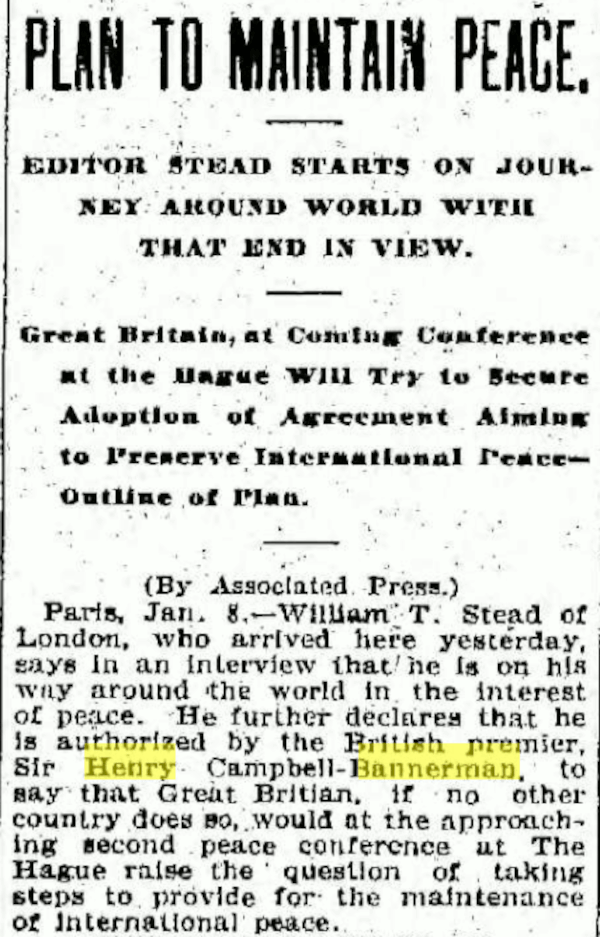
Oshkosh Daily
Northern - January
8, 1907 |
- Some claim that Campbell-Bannerman never called for a
Jewish buffer state but he was certainly calling for peace,
and he showed up here for a reason.
- Overall, he spent a
lot of time trying to reduce arms while purchasing gunboats.
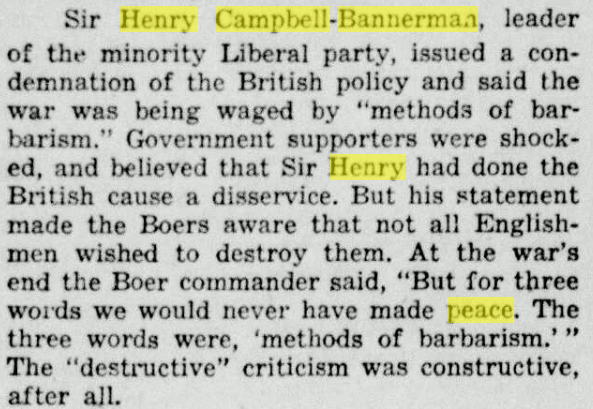
Athens Messenger -
October 11, 1960 |
- He talked a lot in the news about a plan for
international peace which was a brand new topic at that time.
|
Peace was used by some Zionists as a tactic for public consumption to mask or facilitate the underlying goals of land acquisition and the establishment of a Jewish state with minimal Arab population. In essence, from this critical viewpoint, "peace" was used as a rhetorical and strategic device to advance Zionist goals while managing external and internal perceptions of the conflict.
(Assistant)
|
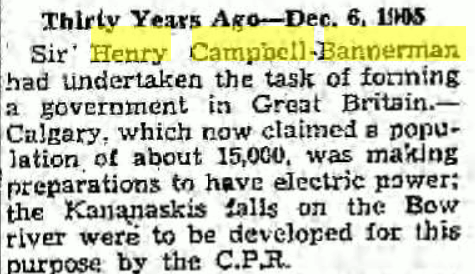
Winnepeg Free Press
- December 7, 1935 |
- Sir Henry installing government in Calgary, Alberta,
on December 6, 1905 (365).
|
George Jr. as
Sir Henry Campbell-Bannerman |
George 'Skin' Walker
Bush
1946
7/6
|
Henry Campbell
1836-1908
9/7
4/22 |
 |
 |
|
Bannergate |
- Eventually, the British took Jews to their side and quickly began to award them with a nation-state via the Balfour Declaration, which reads
"His Majesty’s Government accepts the principle that Palestine should be reconstituted as the National Home of the Jewish People.
"
- Bush's 'Bannergate' Shuffle.
- Bush Kept His “Mission Accomplished” Banner.
|
George Jr. as
Sir Henry Campbell-Bannerman |
George 'Skin' Walker
Bush
1946
7/6
|
Henry Campbell
1836-1908
9/7
4/22 |
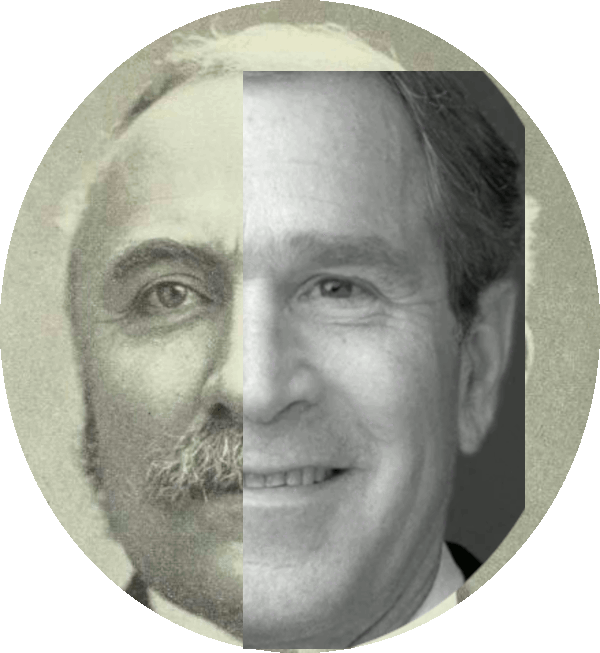 |
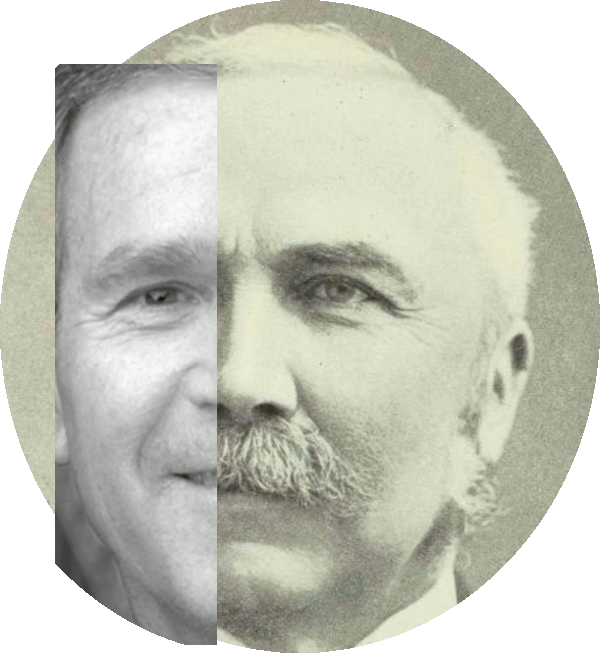 |
|
Ghosted |
-
Stacy Bannerman returned a Freedom Medal to President George W. Bush that he had given to her after her now ex-husband who was in the Iraq War.
- When the War Came Home: The Inside Story of Reservists and the Families They Leave Behind.
- Trump is a terror, but we can't forget the politicians who allowed his rise.
|
But she says like so many other veteran families the decisions made by those in office destroyed her life and many others. She hopes her books can help more people understand what families of veterans face and the casualties found at home as well. (kobi5.com)
|

Carillon News,
Steinbach, Manitoba -
August 8, 1958
Blue bloods |
- Isn't it just amazing that they're all related?
-
Campbell-Bannerman was related to Prime Minister John
Diefenbaker (1895=1979) according to the Book of Knowledge Annual.
- He was the 13th Prime Minister of Canada.
|
Charlie Kirk as
Prime Minister John Diefenbaker |
Charles James Kirk
1993-2025
10/14
9/10
Arlington Heights
|
John George Diefenbaker
1895-1979
9/18
8/16
Canada |
 |
 |
Dun Kirk
Setting up law that masquerades as freedom to
replace freedom
Bannerman
arms |
-
Diefenbaker appointed the first female minister in Canadian history to his cabinet (Ellen Fairclough), as well as the first Indigenous member of the Senate (James Gladstone).
- During his 6 years as prime minister, his government obtained passage of the Canadian Bill of Rights and granted the vote to the First Nations and Inuit peoples.
- In 1962, Diefenbaker's government eliminated racial discrimination in immigration policy.
- In foreign policy, his stance against apartheid helped secure the departure of South Africa from the Commonwealth of Nations, but his indecision on whether to accept Bomarc nuclear missiles from the United States led to his government's downfall.
- Dieffenbachia (Dumb Cane) is poisonous to touch because its sap contains sharp, needle-like crystals called raphides that can cause skin irritation, burning, and swelling.
|
Dieffenbachia
commonly known as dumb cane or leopard lily, is a
genus of tropical flowering plants in the family
Araceae. It is native to the New World Tropics from Mexico and the West Indies south to Argentina. Some species are widely cultivated as ornamental plants, especially as houseplants, and have become naturalized on a few tropical islands (Wikipedia)
|

Gar Lunney, Public domain, via Wikimedia Commons
Another demon with
pen in hand |
- Diefenbaker was born on September 18, 1895, in Neustadt,
Ontario, to William Thomas Diefenbaker and Mary Florence
Diefenbaker, née Bannerman.
- His father was the son of
German immigrants from Adersbach (near Sinsheim) in Baden;
Mary Diefenbaker was of Scottish descent and Diefenbaker was
Baptist.

How sweet, and
perfectly fake |
- Symptoms of touching the sap.
- If sap is accidentally ingested, it can cause burning, swelling, and temporary loss of speech.
- Always wear gloves when pruning or handling the plant
and keep away from children and pets.
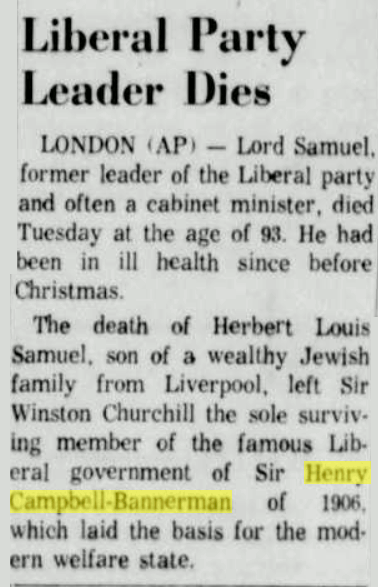
Humboldt Times -
February 6, 1963
Modern welfare state |
- From the famous Liberal government of Sir Henry
Campbell-Bannerman of 1906, which laid the basis for the
modern welfare state.
- That is one of the main tenets
behind their Zionist plan, to turn everything into a needy,
broken down, welfare state propped up by them.

Lethbridge Herald -
January 4, 1978
Page 2
When
Hitler walked he
stayed close to
walls |
- Mackenzie King, Prime Minister of Canada, was instructed
by the ghost of Henry Campbell-Bannerman at a seance in 1937
to tell Adolf Hitler that England would help Germany through
financial troubles if the goodwill were guaranteed.
- The
ghost told her the King is the friend of all peace living
countries.
- In 1937,
Mackenzie had been dissuaded from calling on Hitler but in
1938 he met the German dictator and told him the British
Empire would stand united against Germany in case of war.

June 1940
We shall never surrender |
- Giant figure Winston Churchill, the Grinch who stole
Christmas.
- In 1905, Prime Minister Henry Campbell-Bannerman gave Winston Churchill his first government post as Under-Secretary of State for the Colonies.
- This appointment marked the beginning of Churchill's time as a Liberal politician and was a key step in his rise within the party.
- Campbell-Bannerman's government also included other future prime ministers like H.H. Asquith and David Lloyd George.
- When the Balfour Declaration was issued in November 1917, Winston Churchill was Minister of Munitions in David Lloyd George’s War Cabinet.
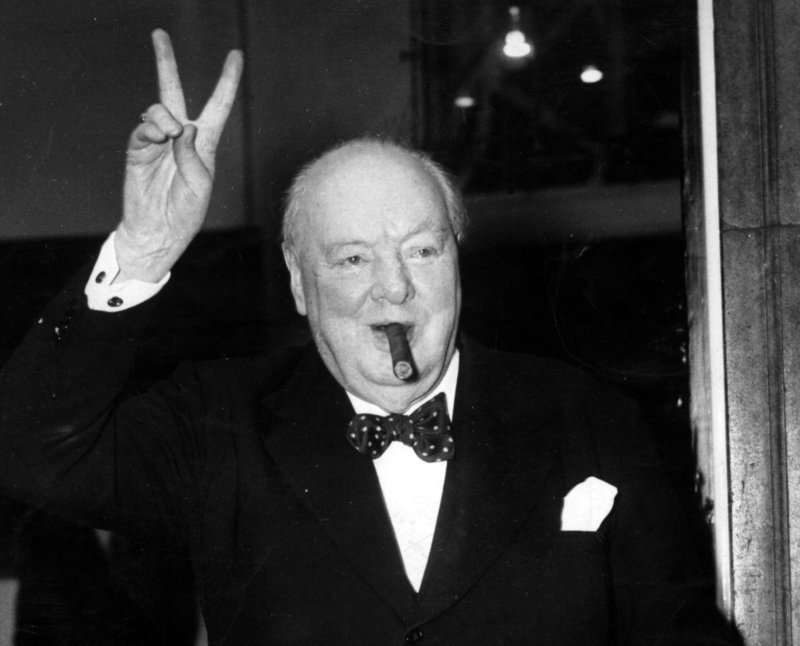
Winston Churchill
Masonic hand sign |
- This appointment was a pivotal moment for Churchill, as he was transitioning from the Conservative party to the Liberal party and this position allowed him to build his political career under a new government.
- Sir Winston Leonard Spencer Churchill
(1874-1965) was a British statesman, military officer, and writer who was Prime Minister of the United Kingdom from 1940 to 1945 and again from 1951 to 1955.
- Remember, Hitler also changed sides, supposedly he was a
conservative but he also seemed to flip to liberal.
|
We shall fight on the beaches, we shall fight on the
landing grounds, we shall fight in the fields and
streets and in the hills. We shall never surrender. (Winston
Churchill)
|
|
Winston
Churchill as Herbert
Hoover |
Winston Leonard Spencer Churchill
1874-1965
10/14
9/10
Golddigger
|
Herbert Clark Hoover
1874-1964
8/10
10/20
Mining engineer |
 |
 |
31st president
History's Fickle Judgment
Bannerman
arms |
- It was not Campbell-Bannerman who was involved with
the Palestine split, but his appointee, Winston Churchill who
was involved with the Balfour Declaration of 1917.
-
This was a declaration that supported a national home for the Jewish people in Palestine.
- Although Arthur Balfour authored the declaration, Churchill was a crucial supporter who, as Colonial Secretary, implemented the policy, defended it, and helped ensure the establishment of the state of Israel through his actions.
- When the Balfour Declaration was issued in November 1917, Winston Churchill was Minister of Munitions in David Lloyd George’s War Cabinet.
- And Campbell-Bannerman mucked around in places
like Canada and South Africa and spread the fake message of
'peace' (through corrupt law).
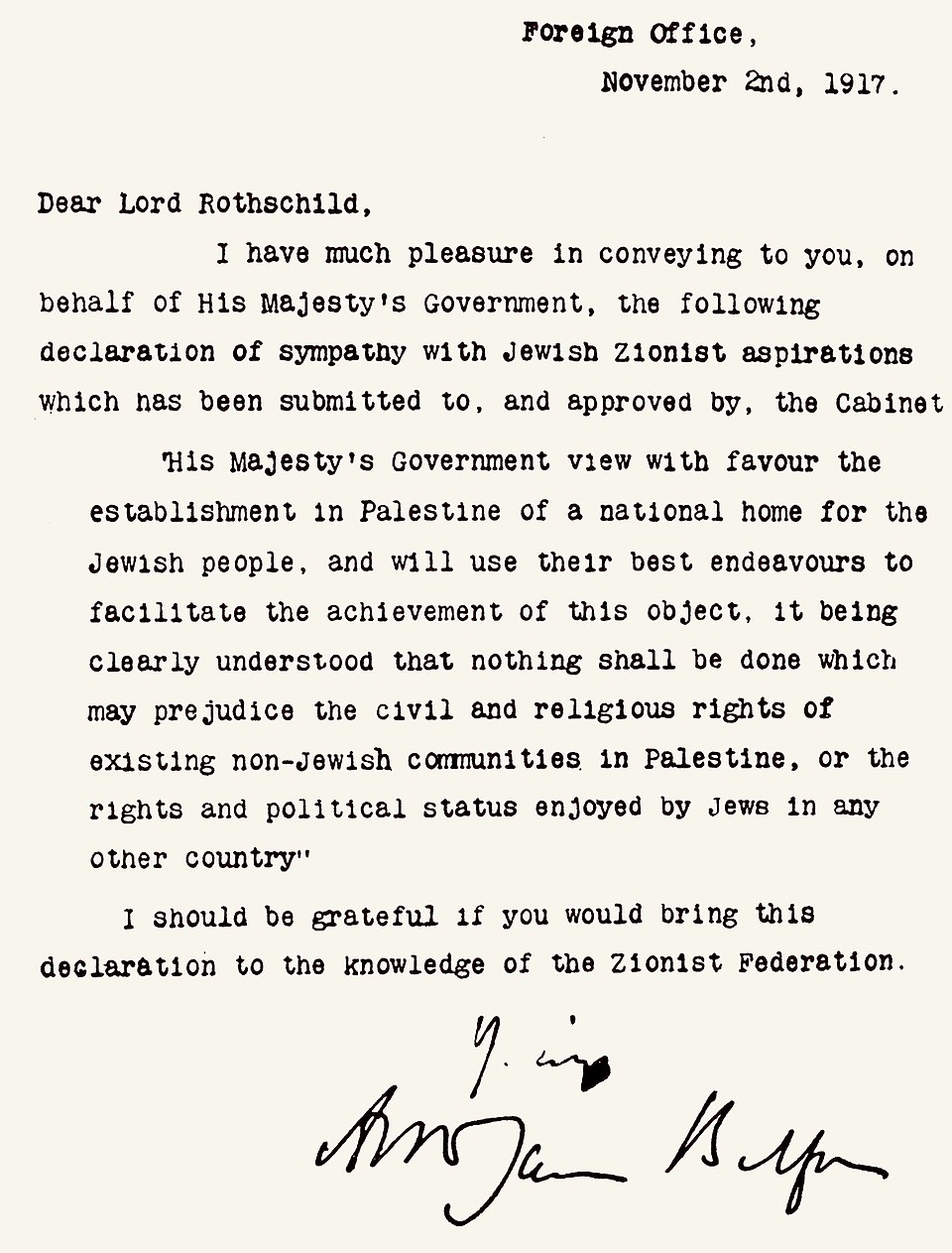
Balfour Declaration
November 2, 1917,
from Arthur Balfour |
- The Balfour Declaration was a public statement issued by the British Government in 1917 during the First World War announcing its support for the establishment of a
'national home for the Jewish people' in Palestine, then an Ottoman region with a
small minority Jewish population.
- The declaration was contained in a letter dated November
2, 1917, from Arthur Balfour, the British foreign secretary, to Lord Rothschild, a leader of the British Jewish community, for transmission to the Zionist Federation of Great Britain and Ireland.
- The text of the declaration was published in the press on November
9, 1917.

Because it's not a
trumpet, it's a
Drum(pf) |
- Their demonic beat goes on November 22, 2025.
|

